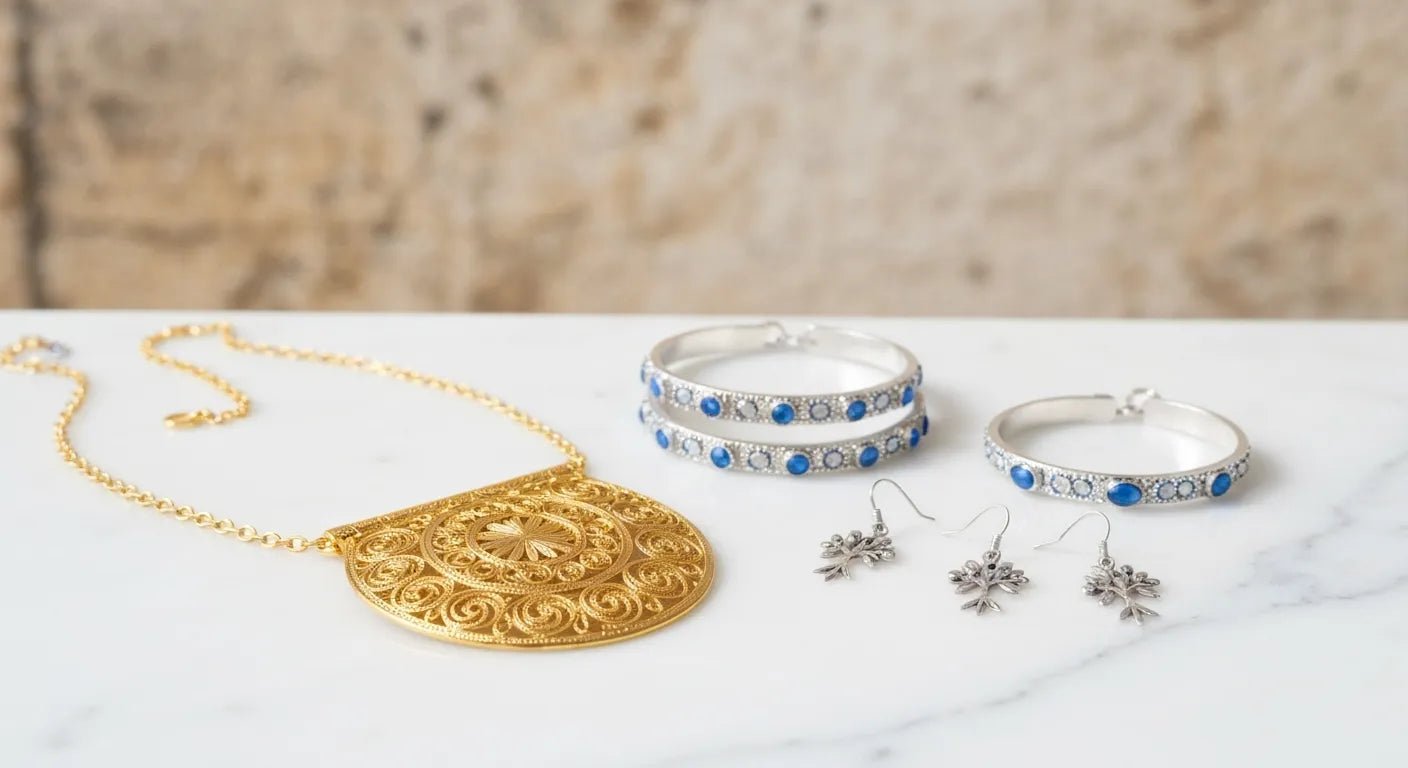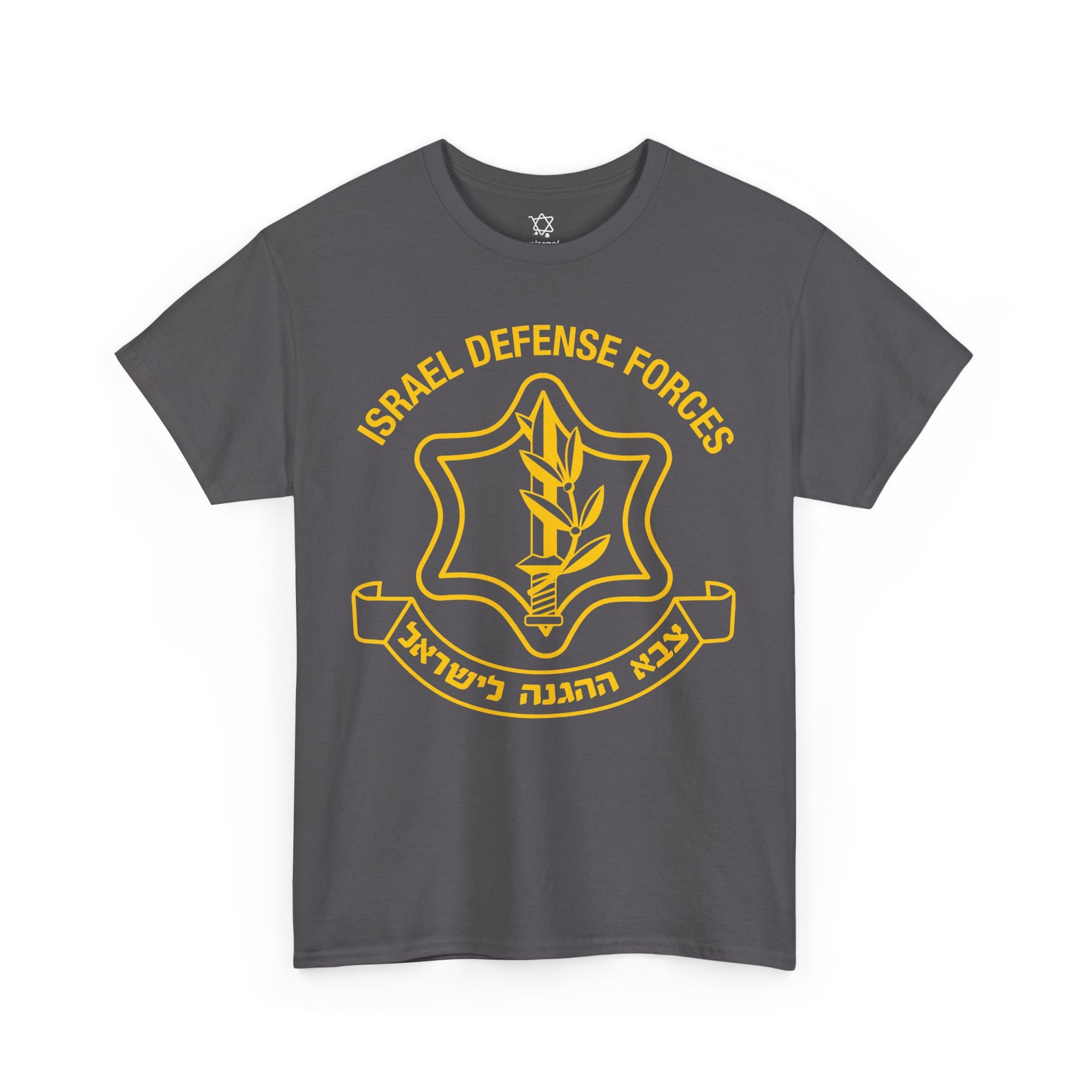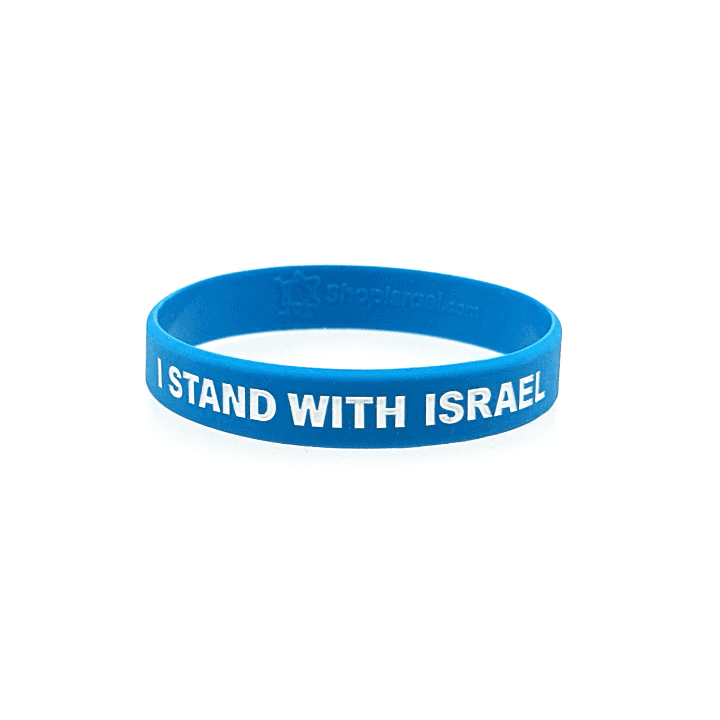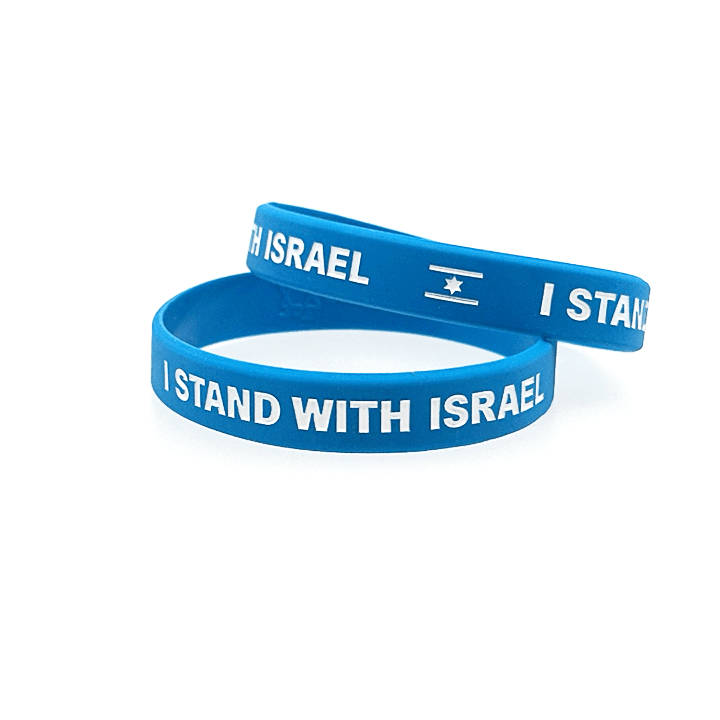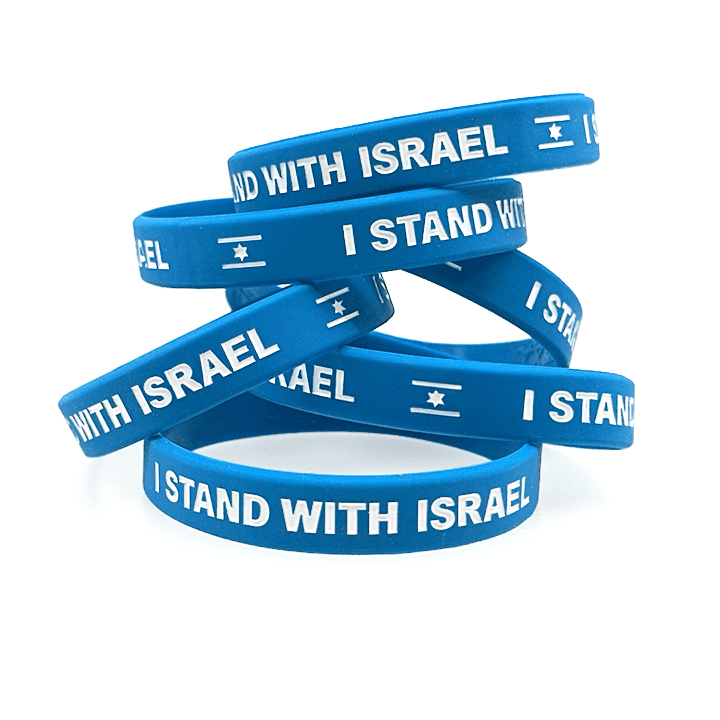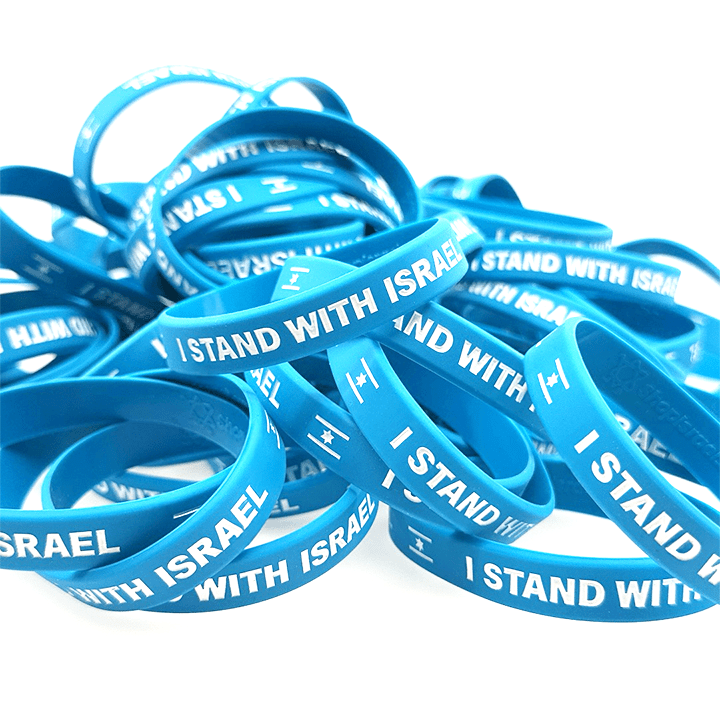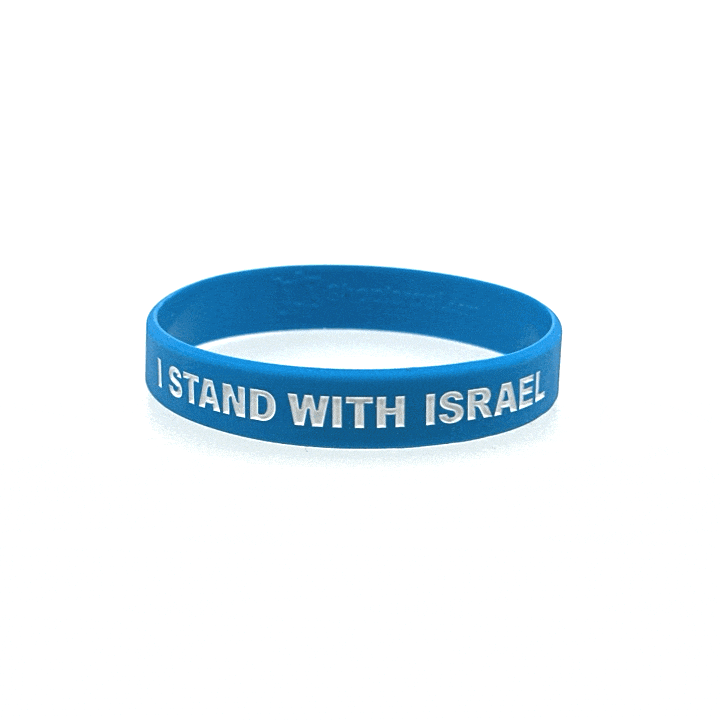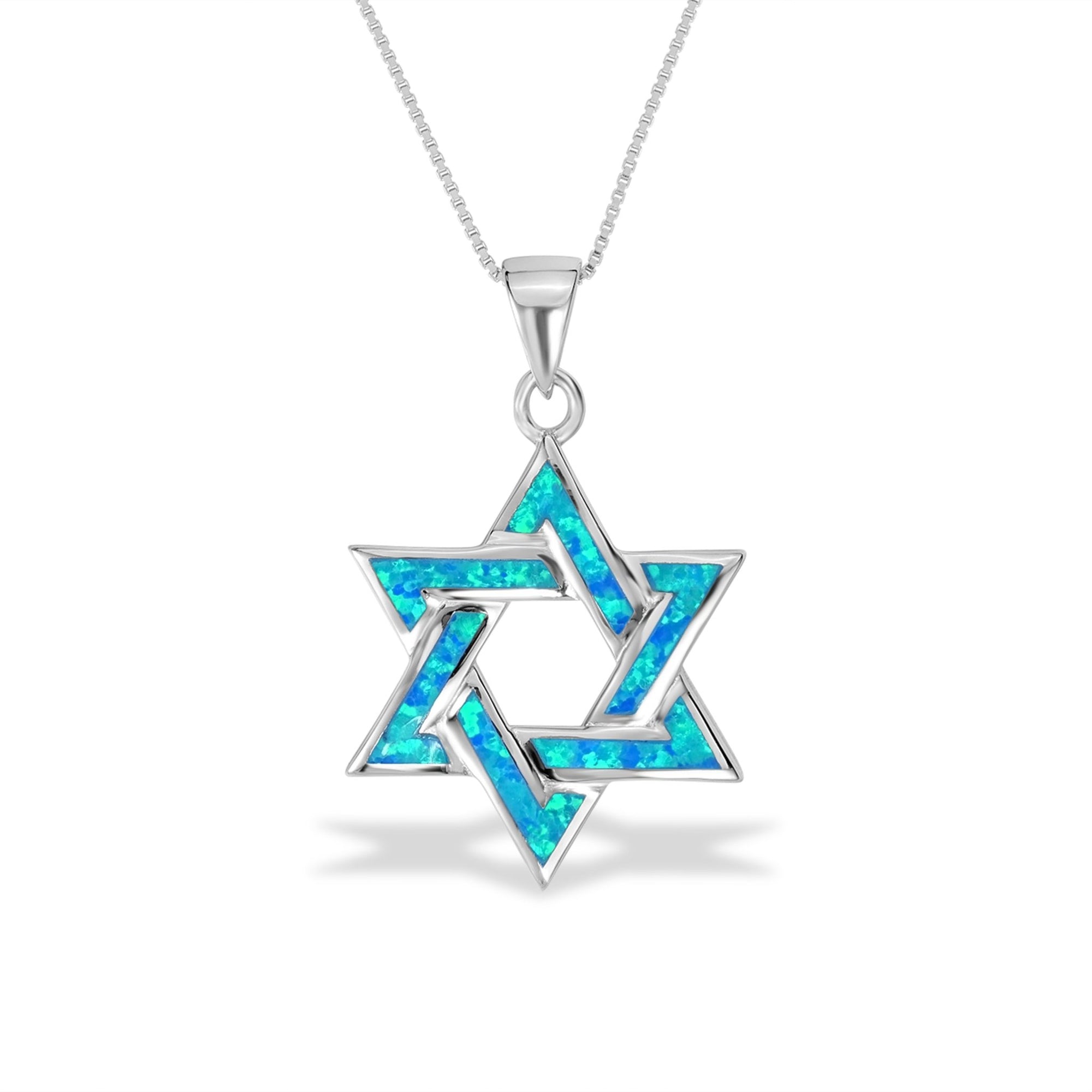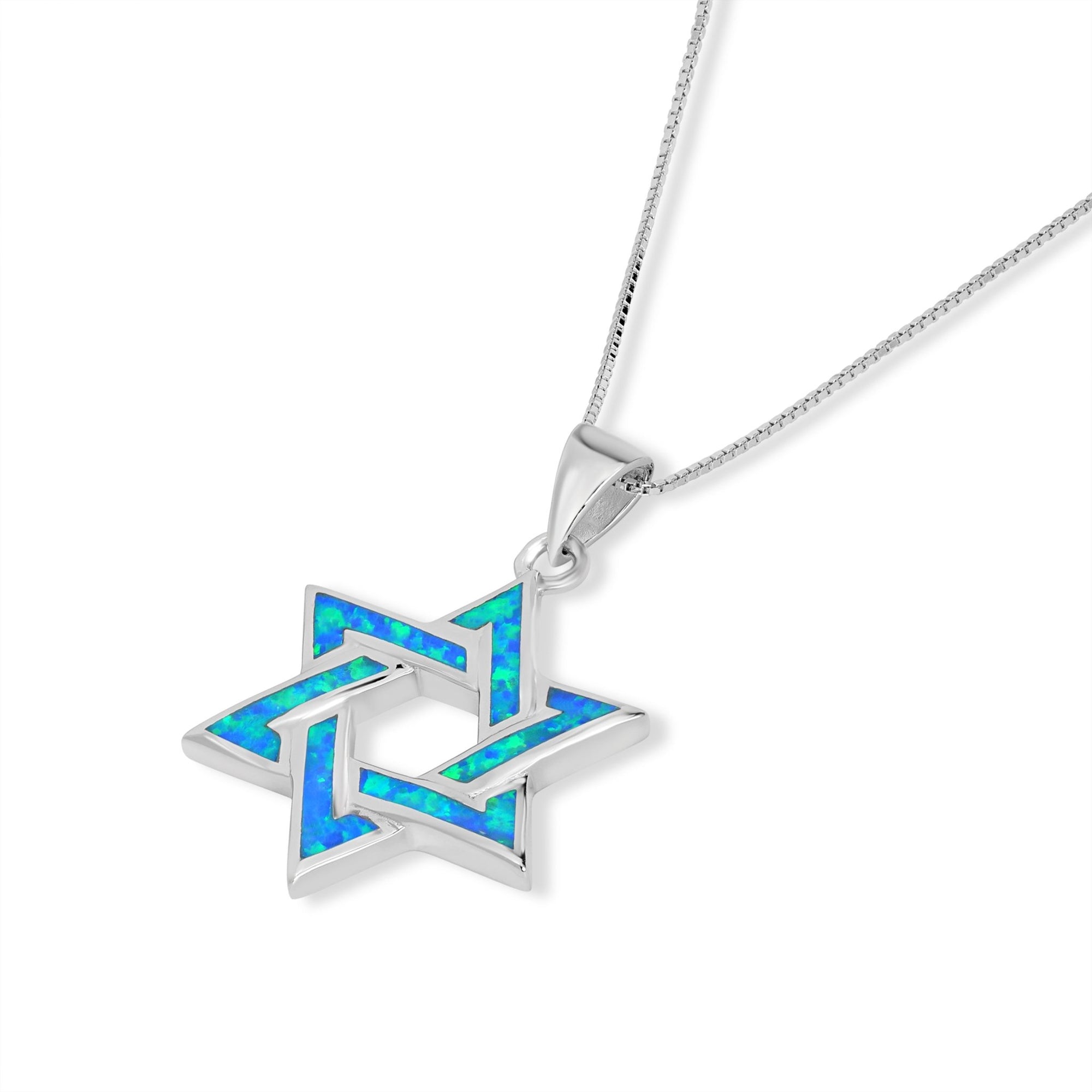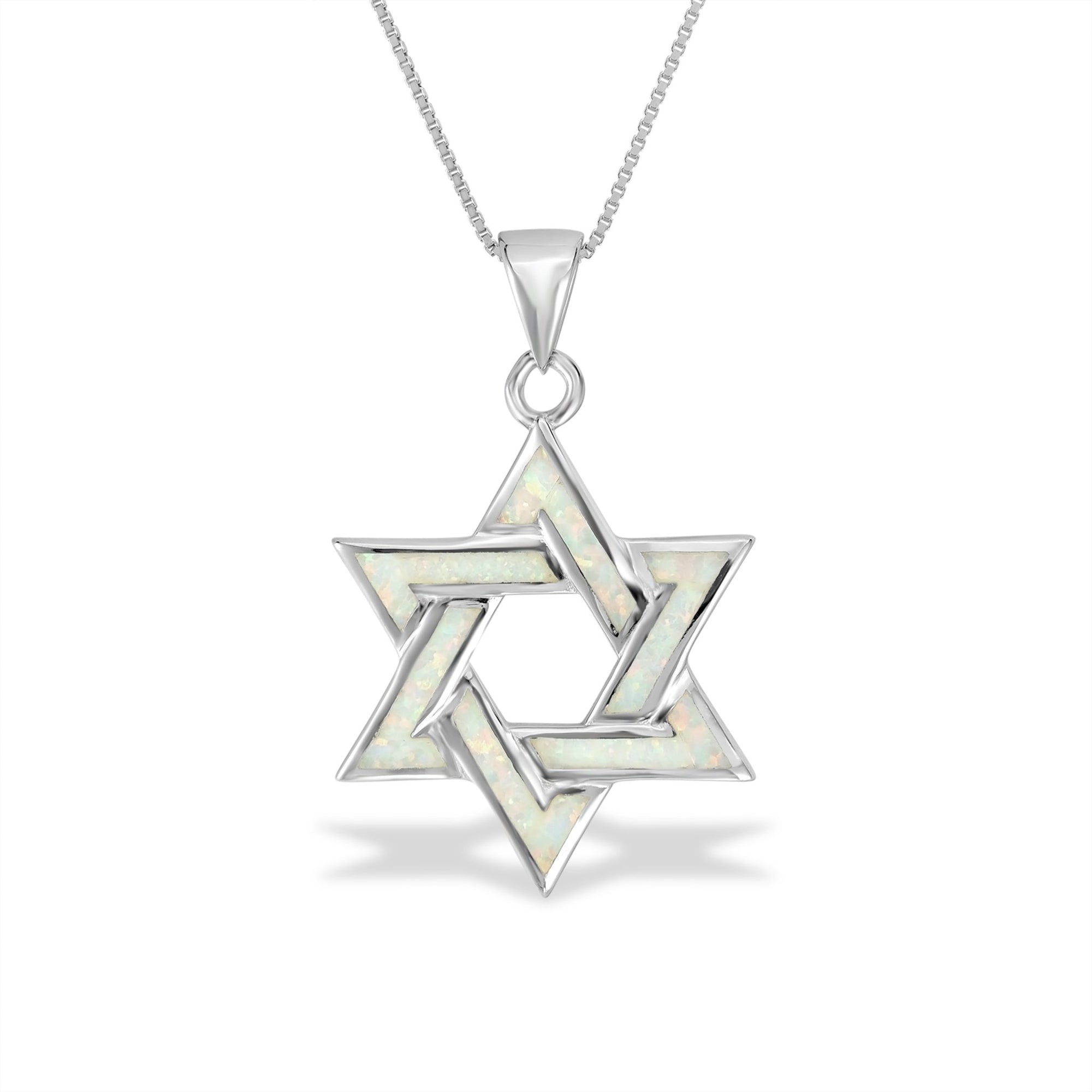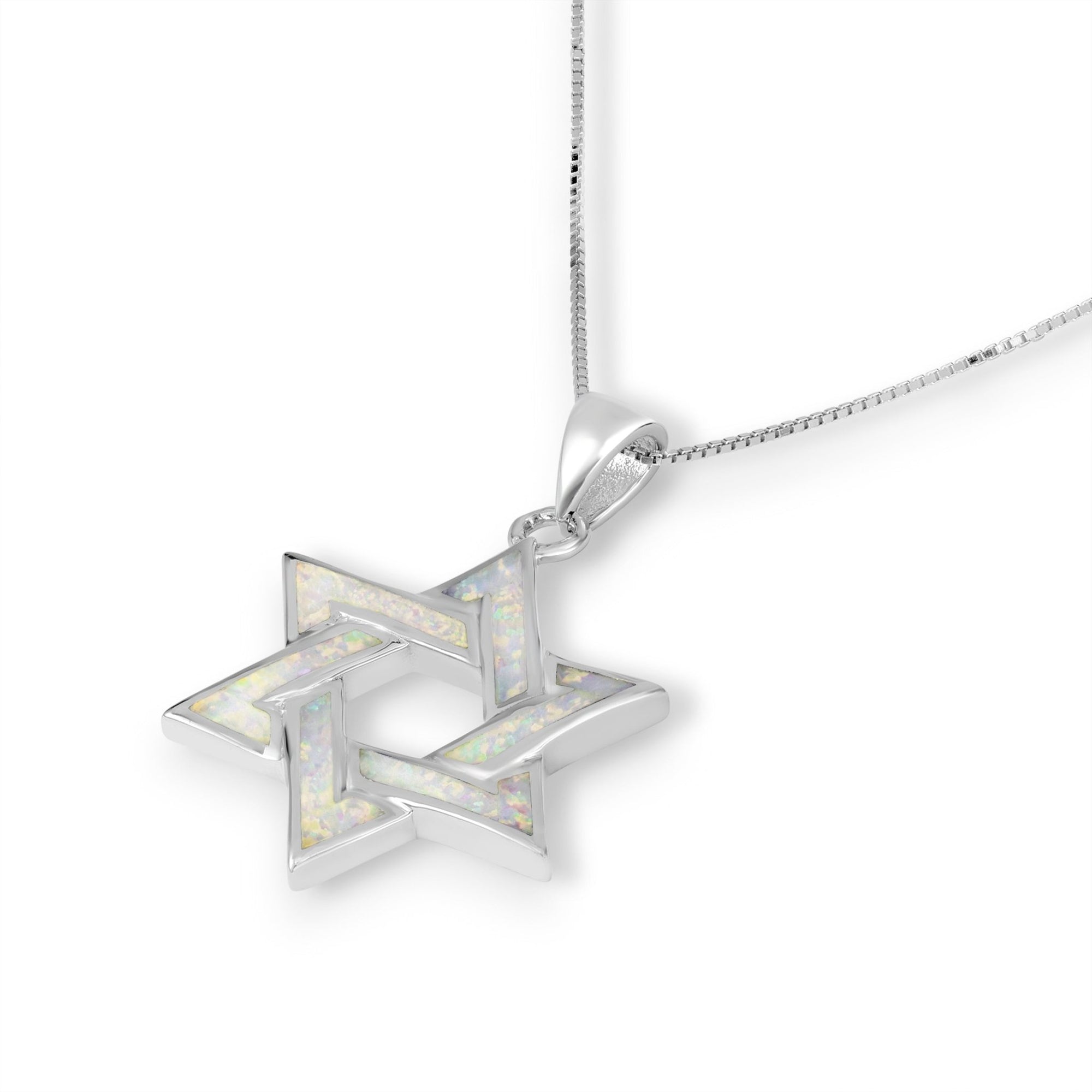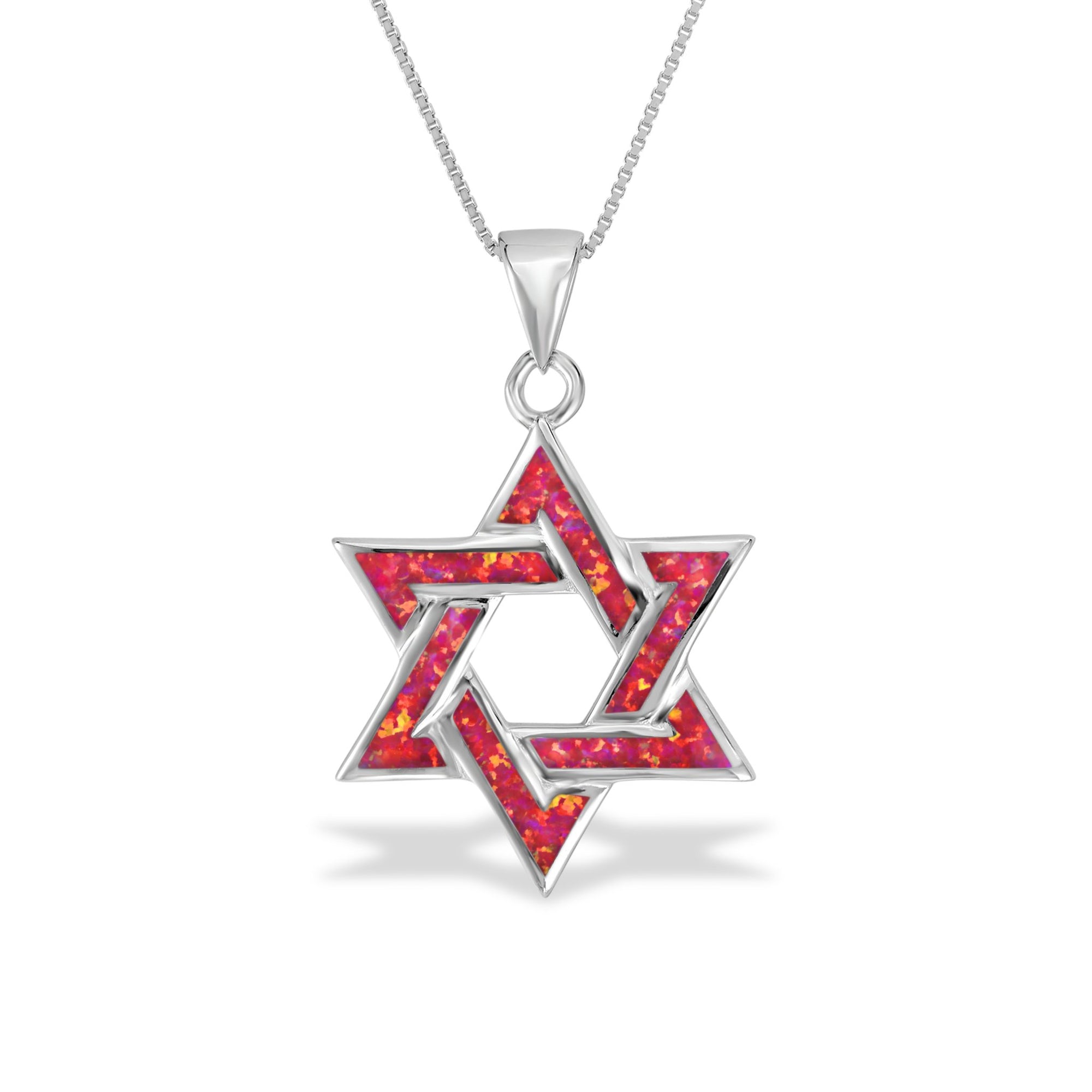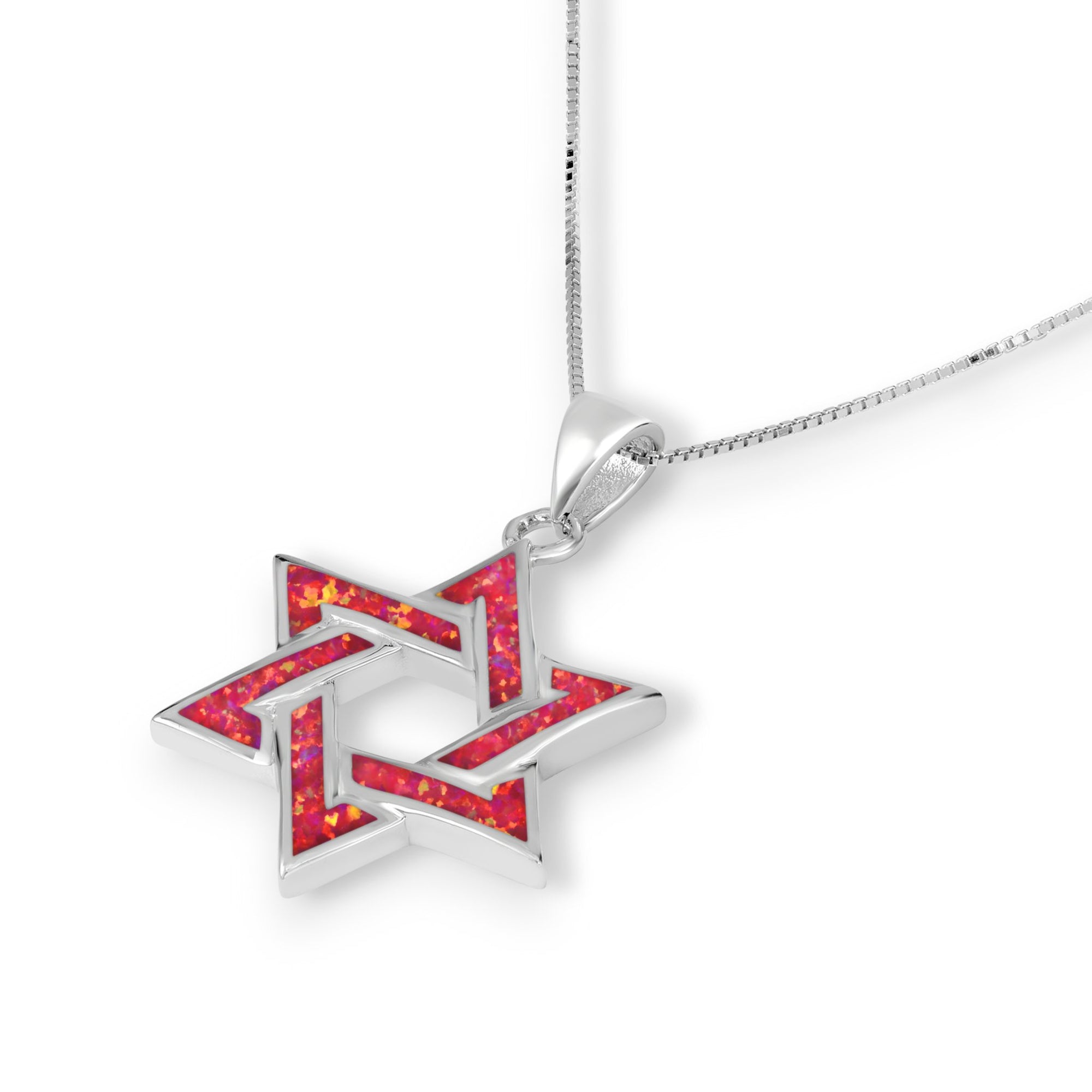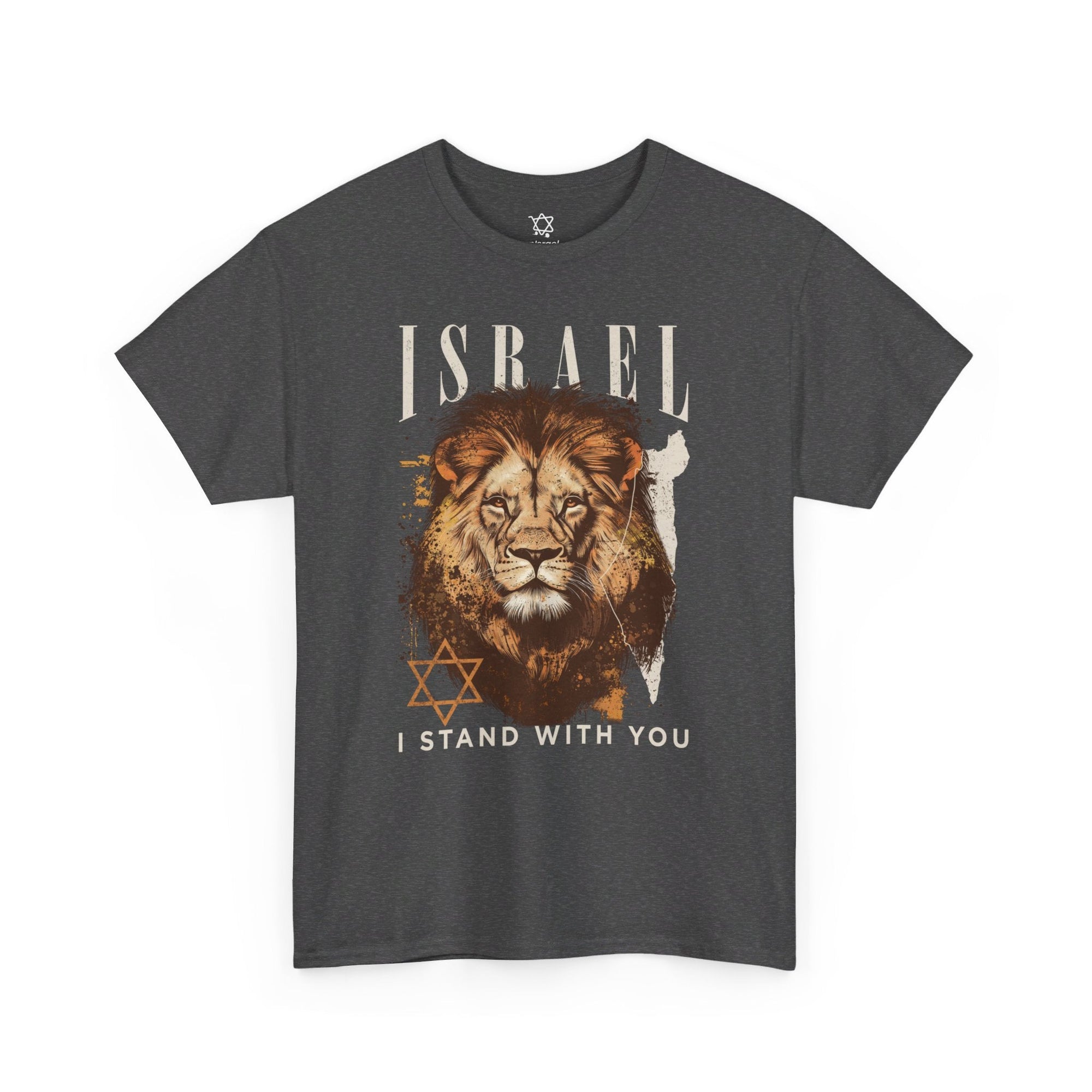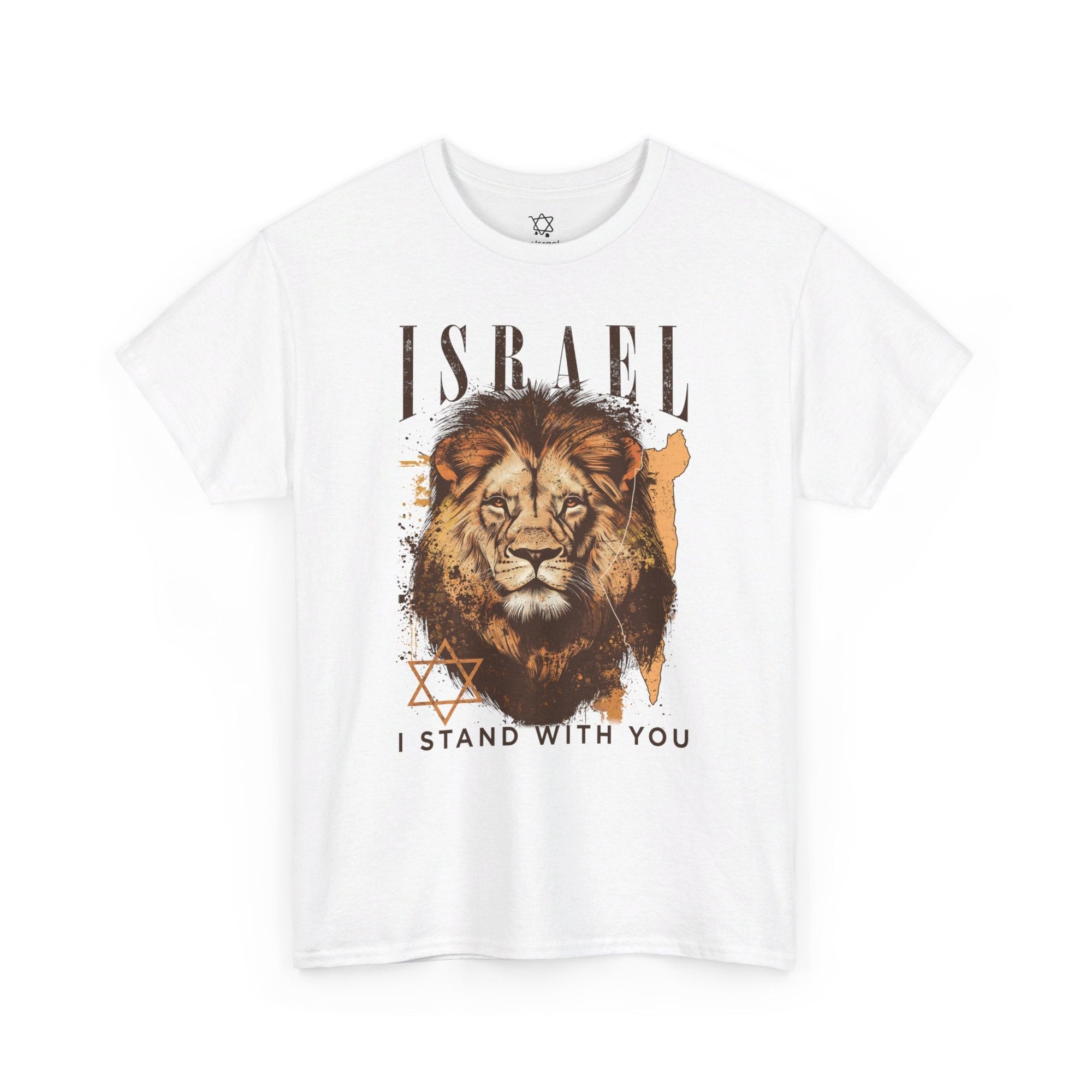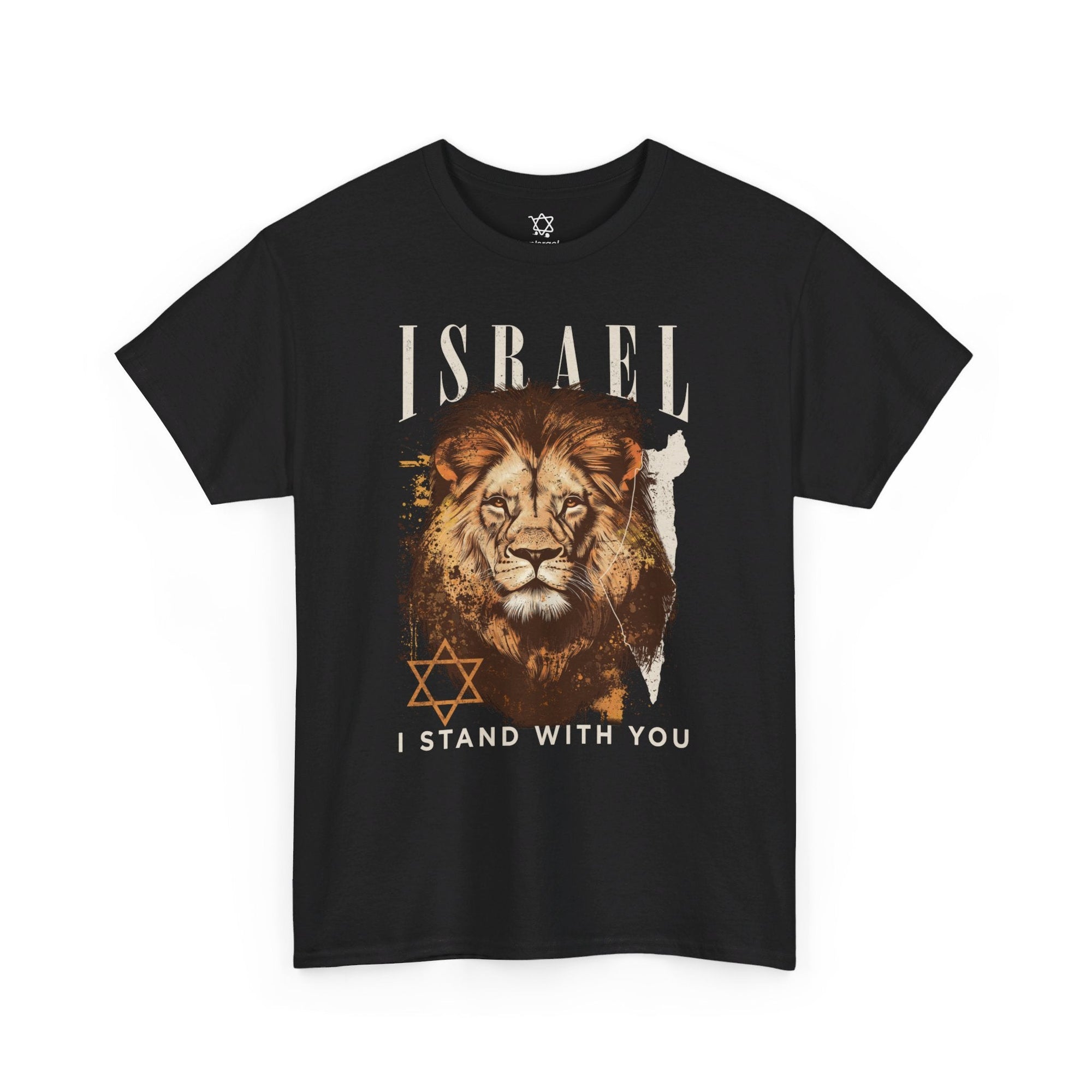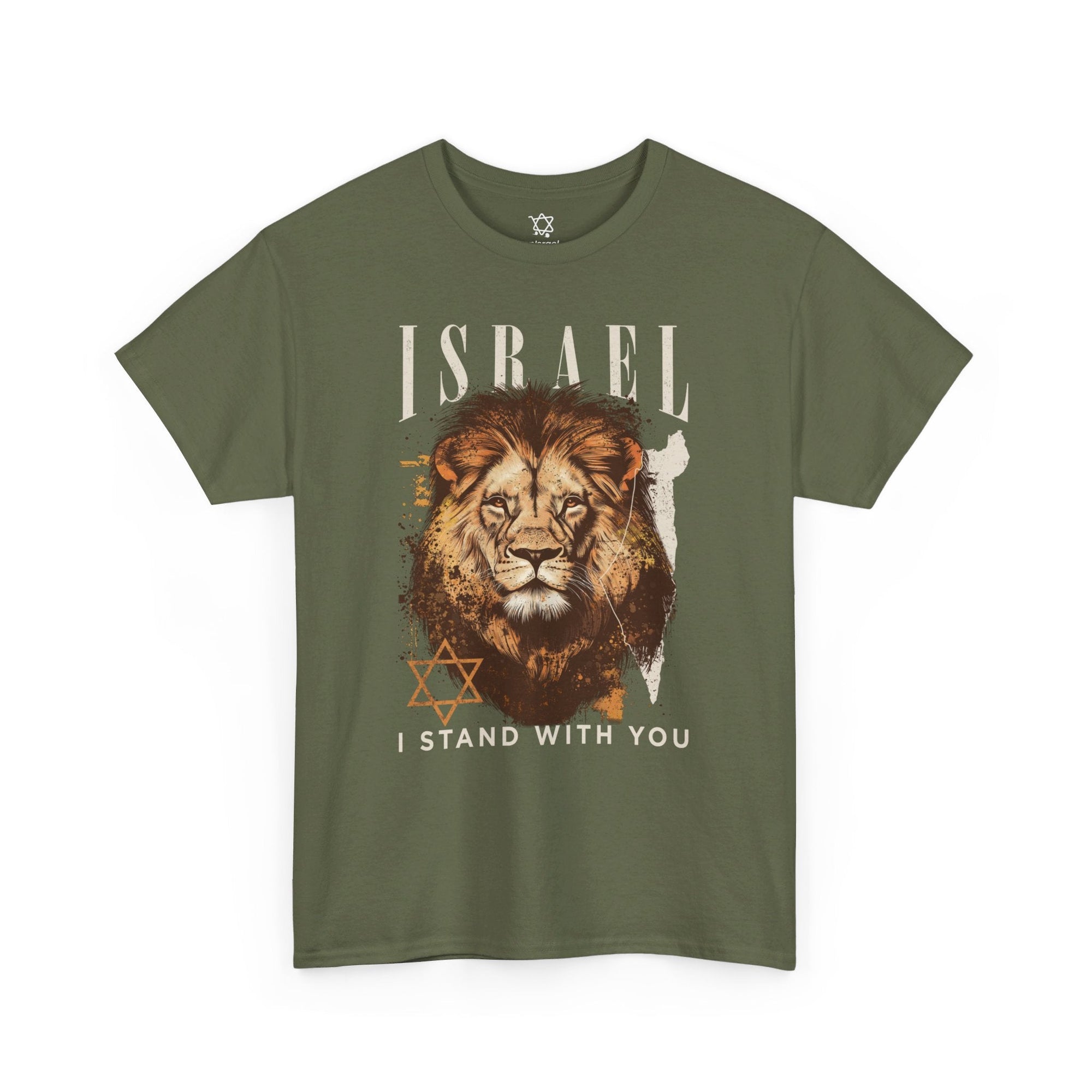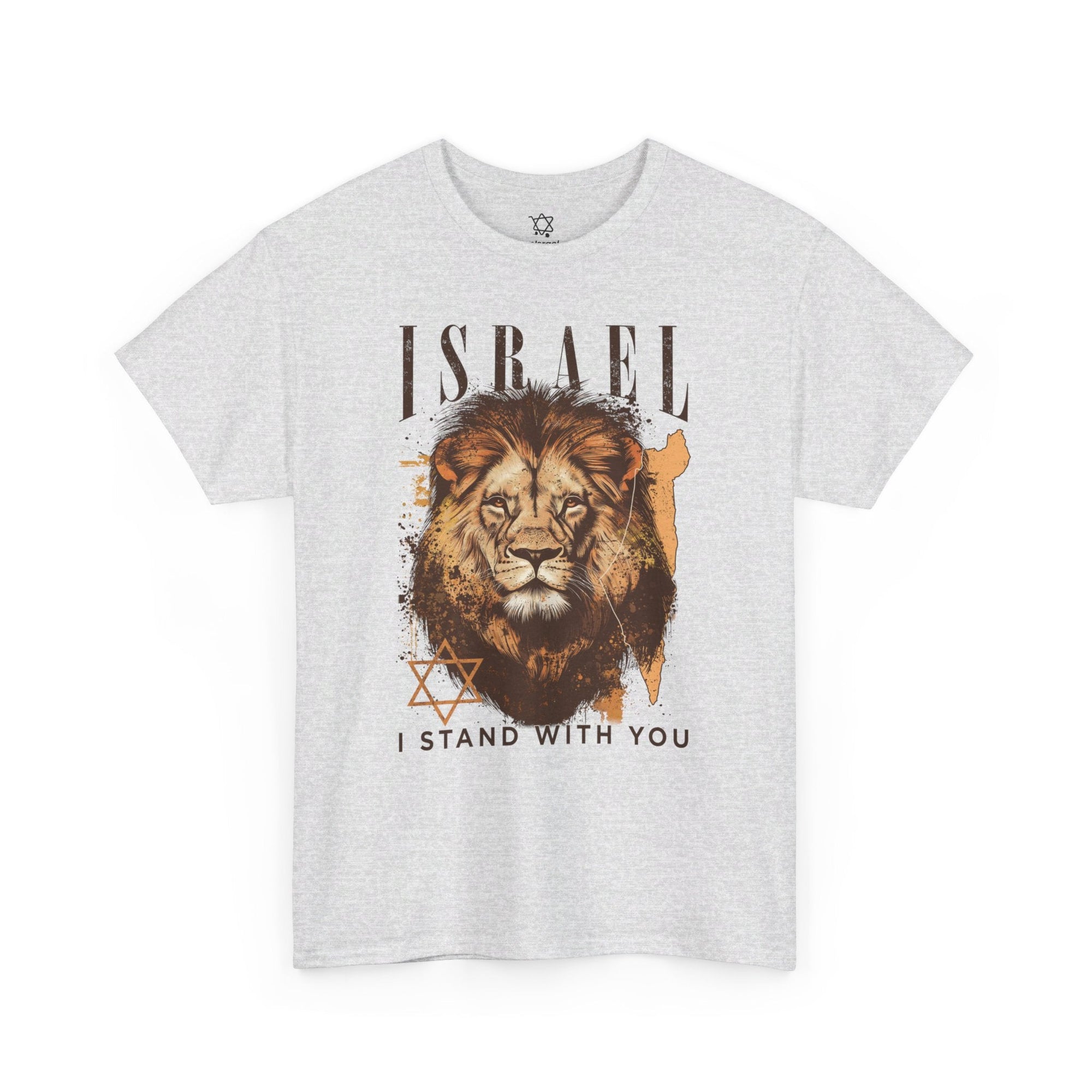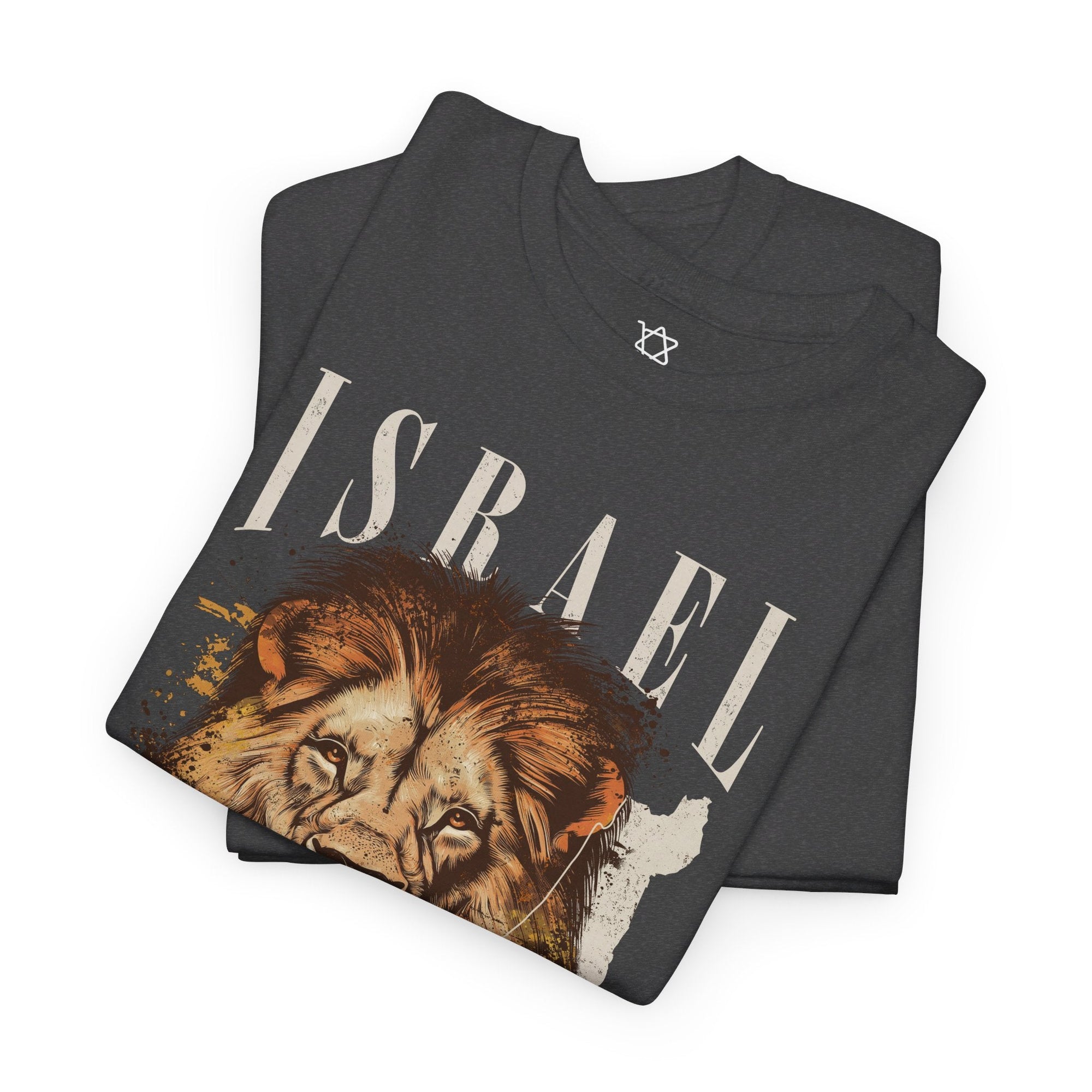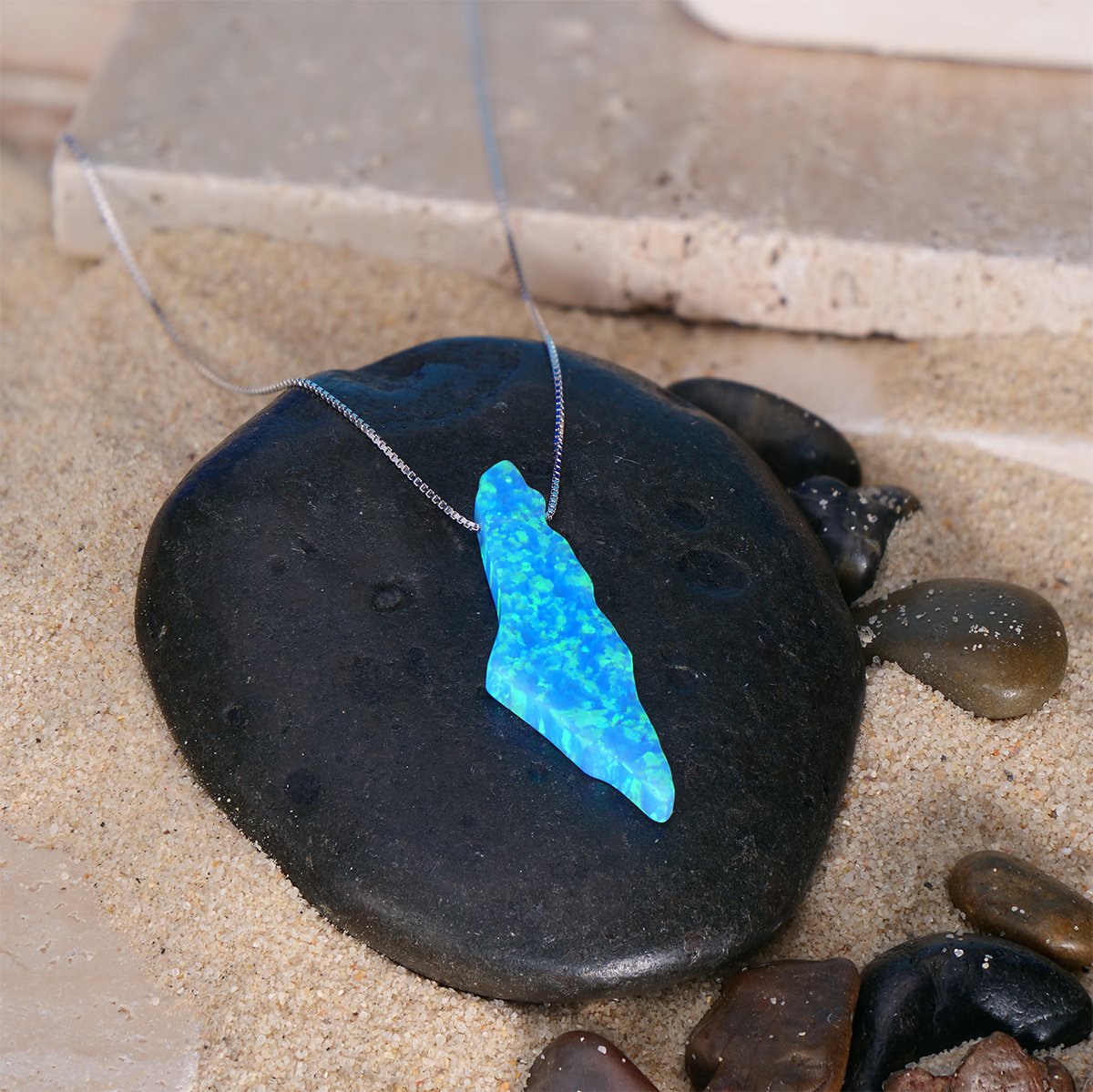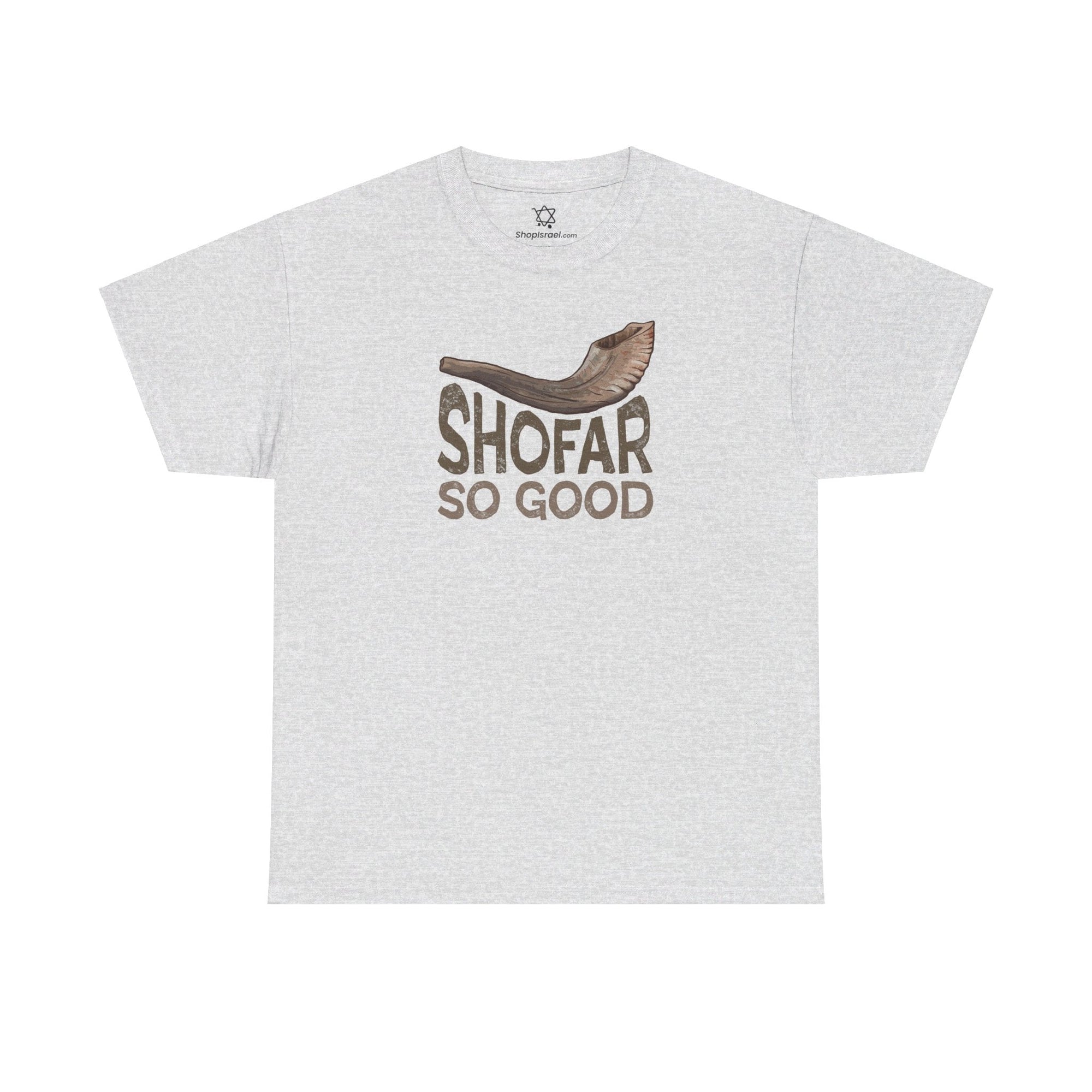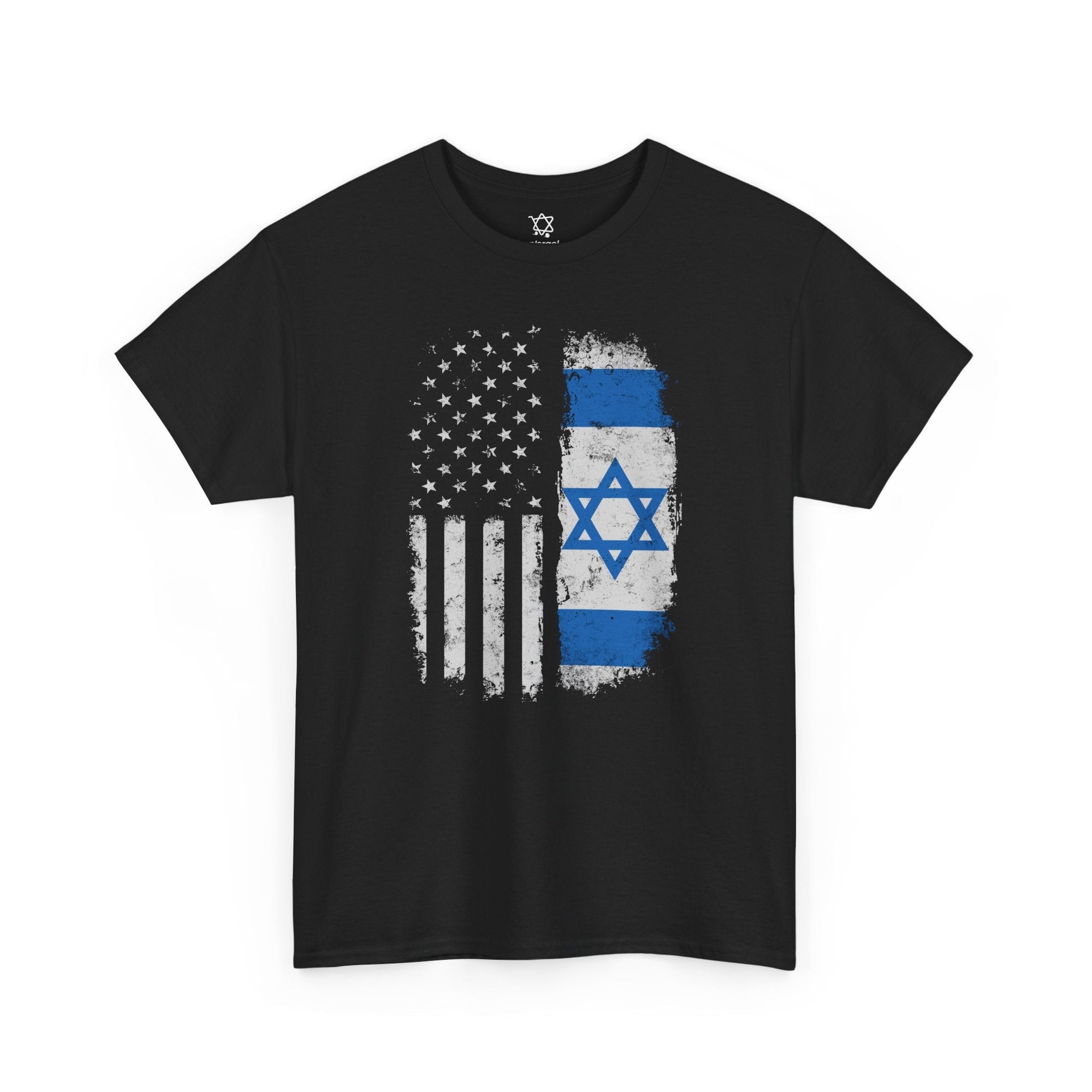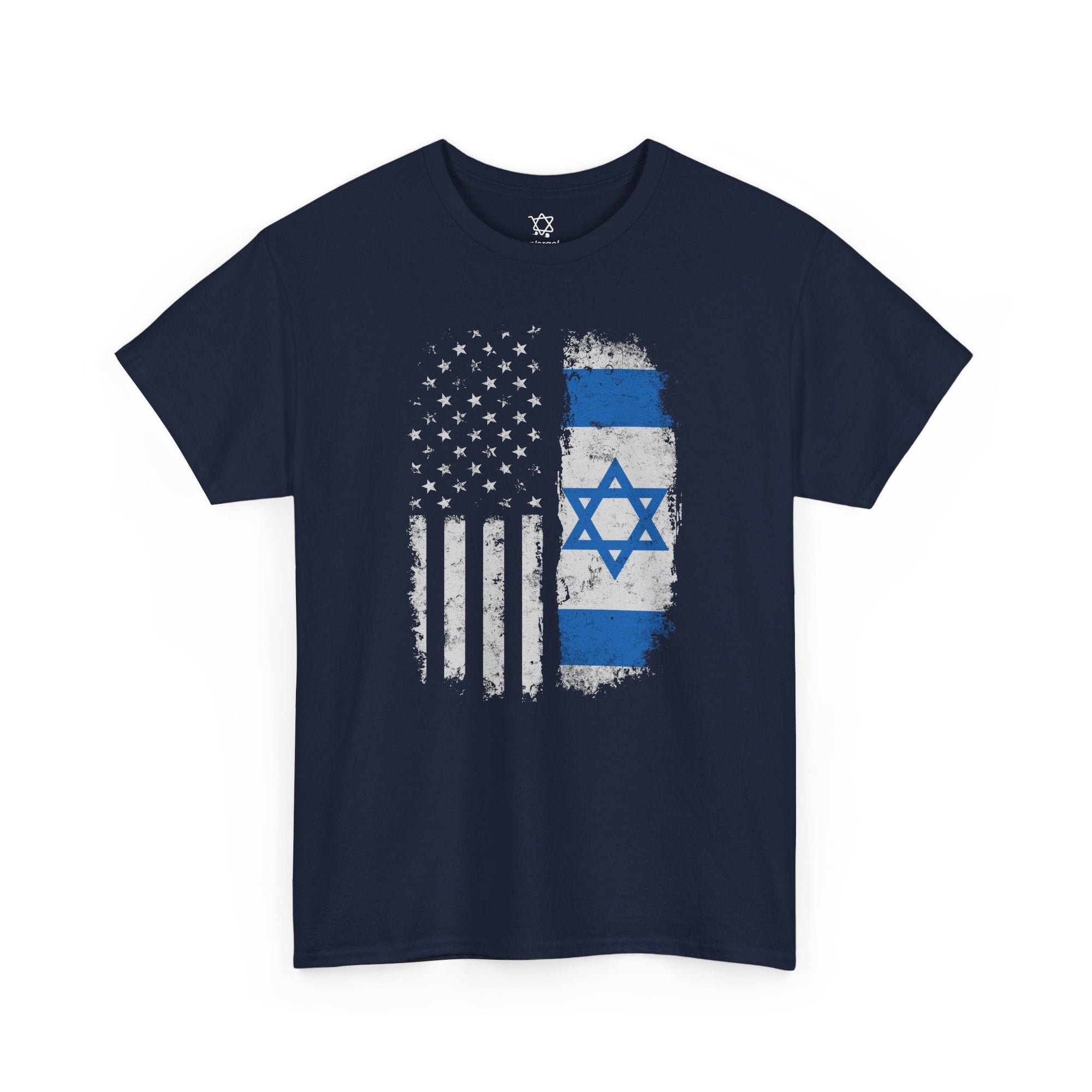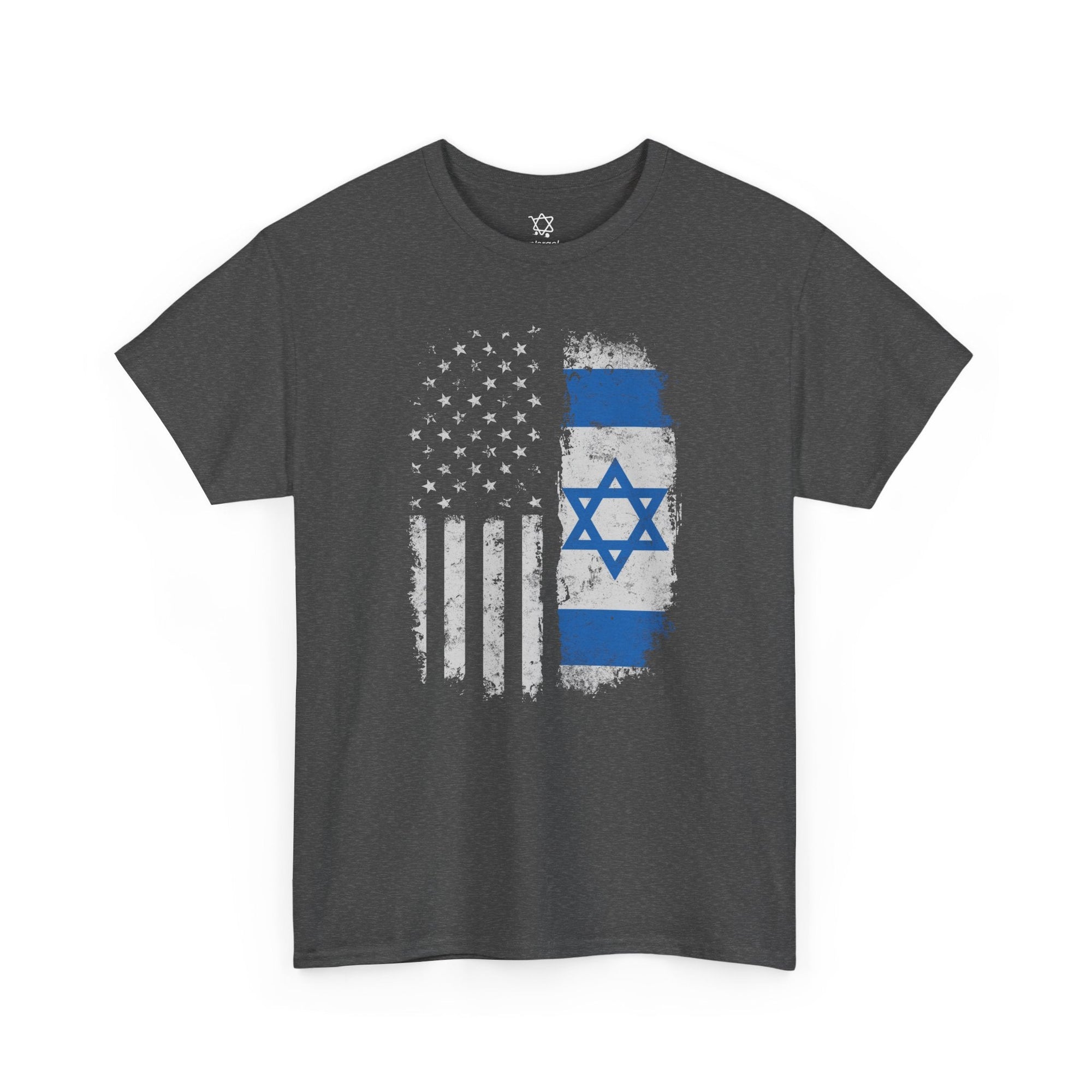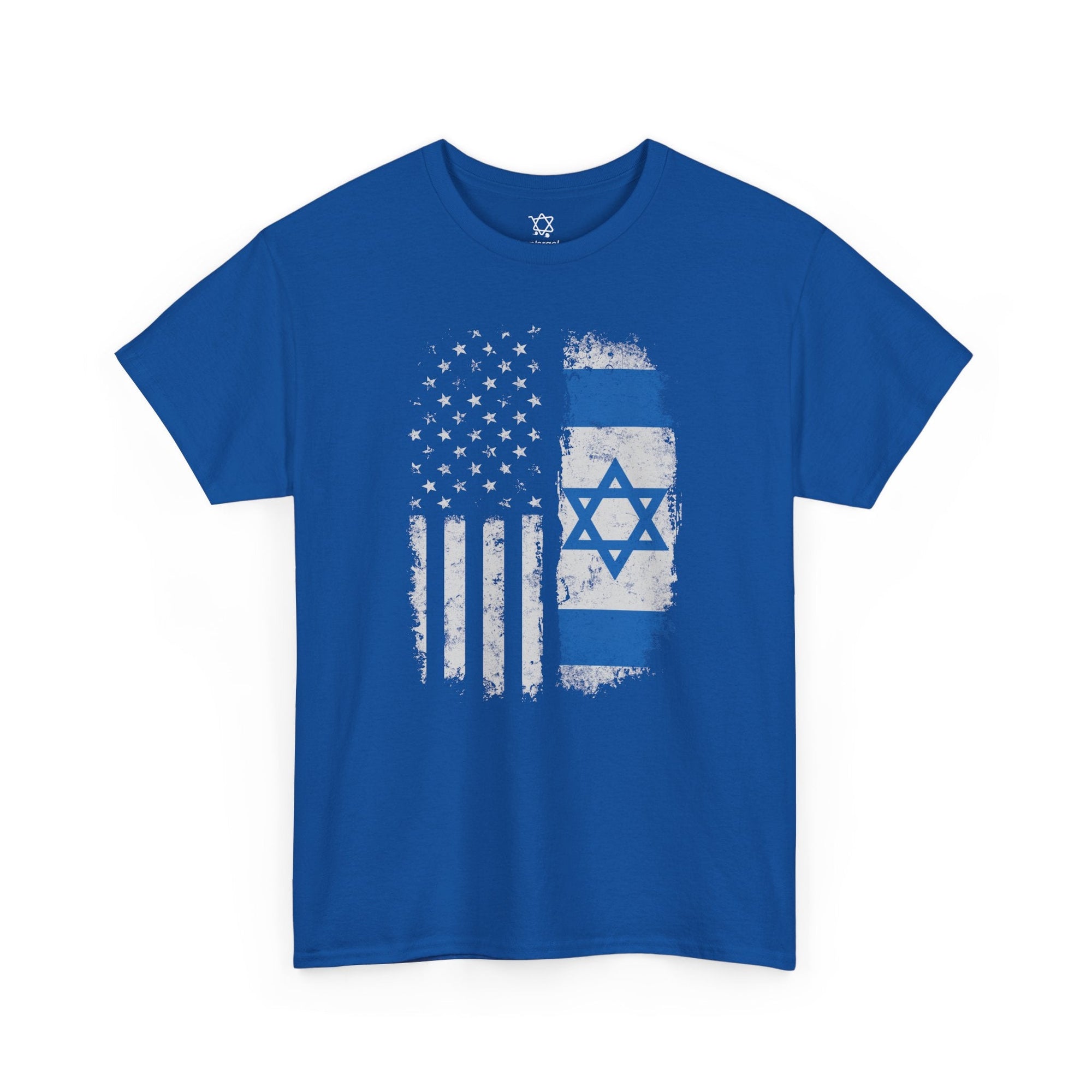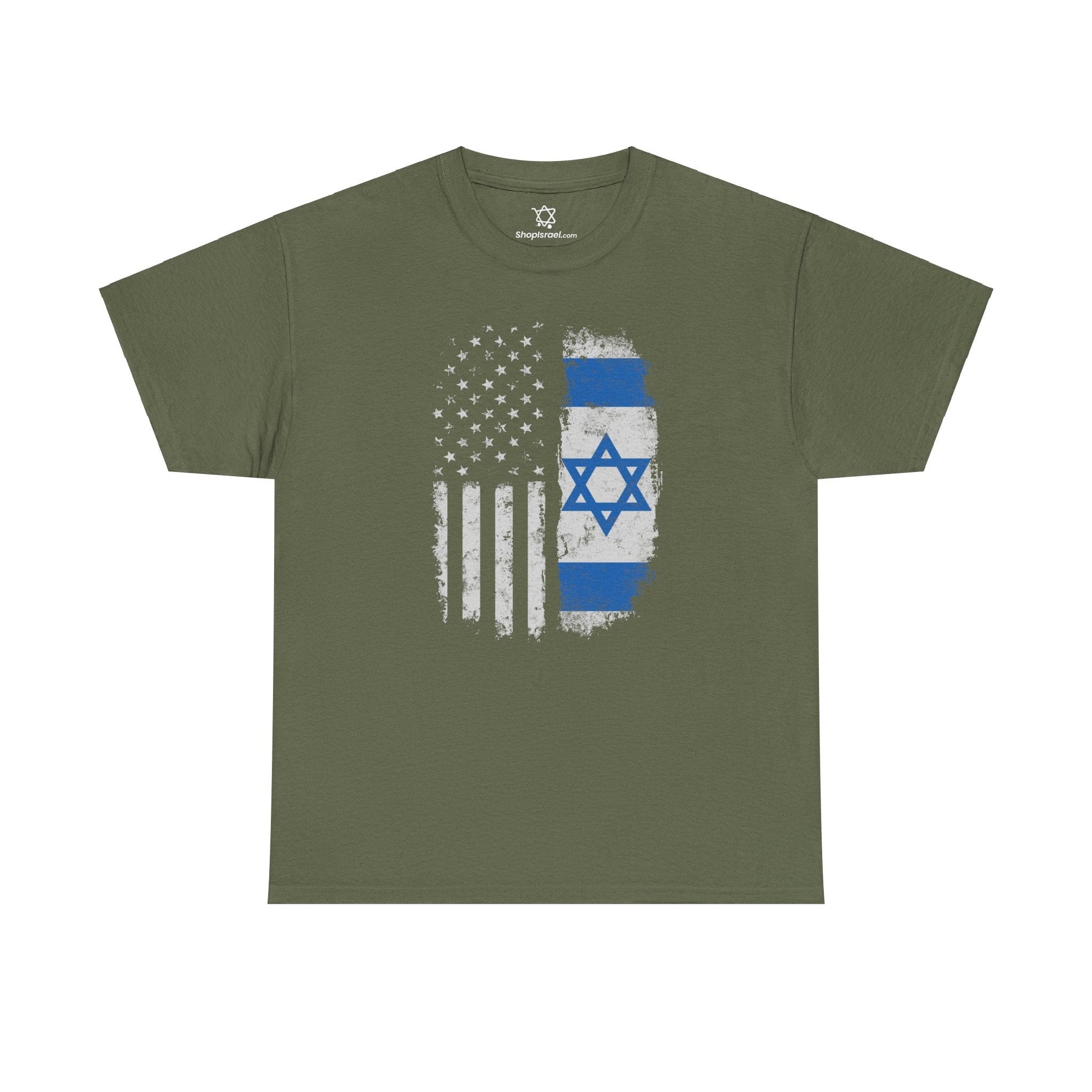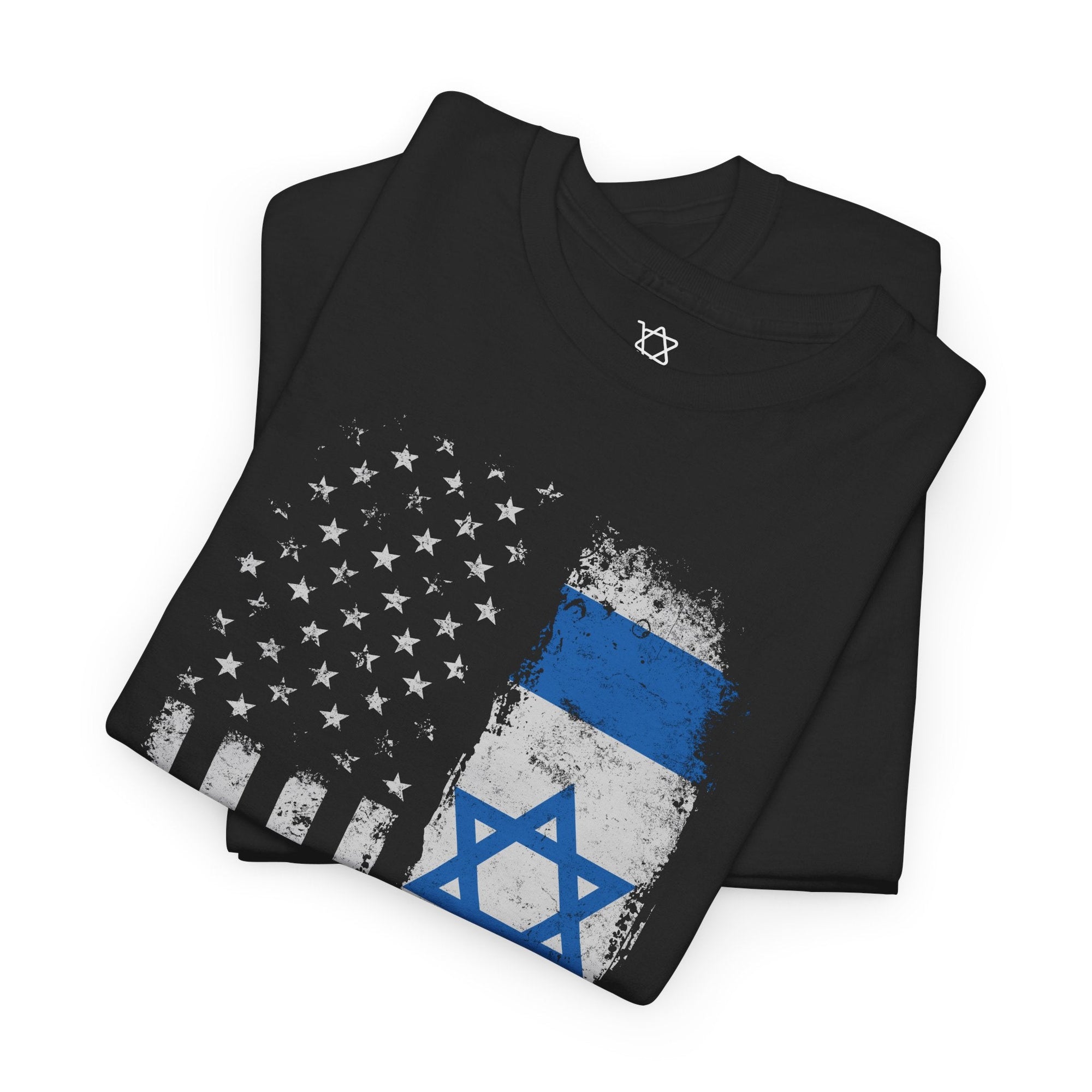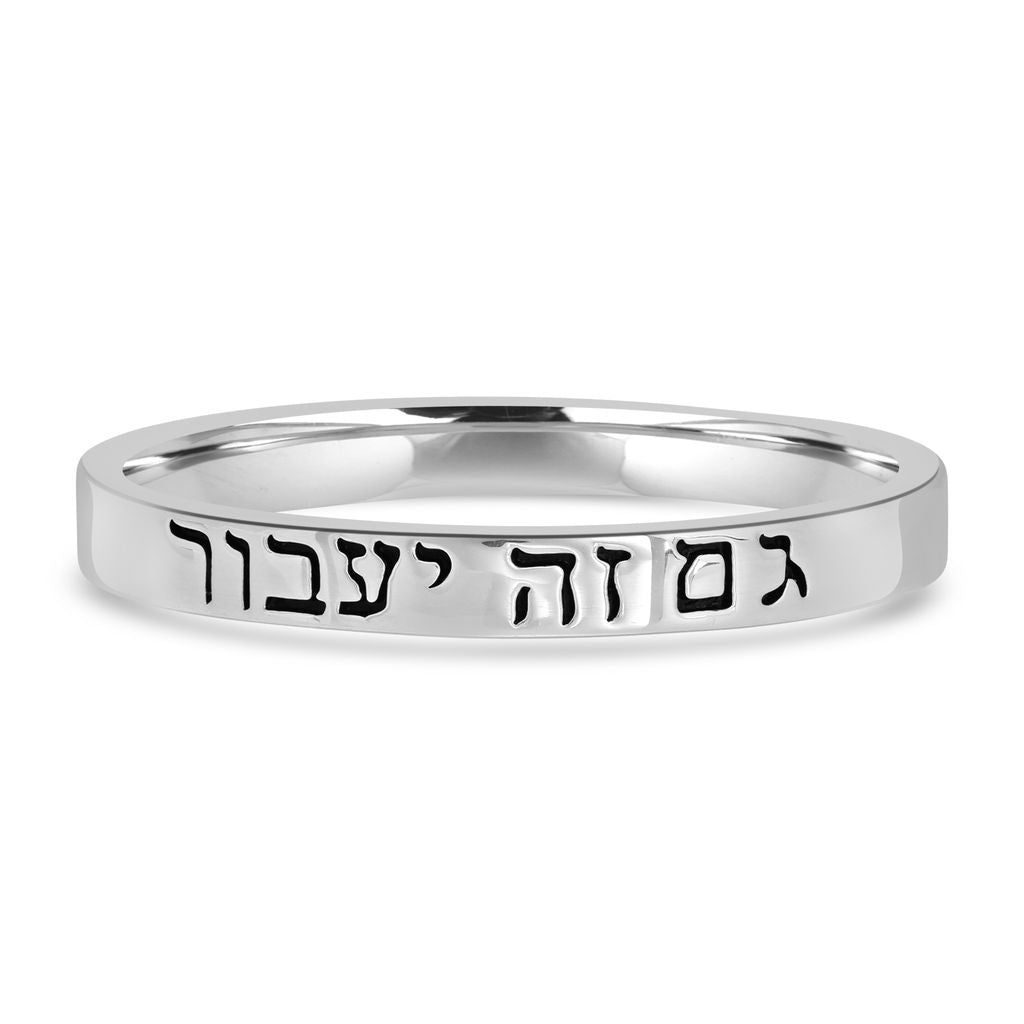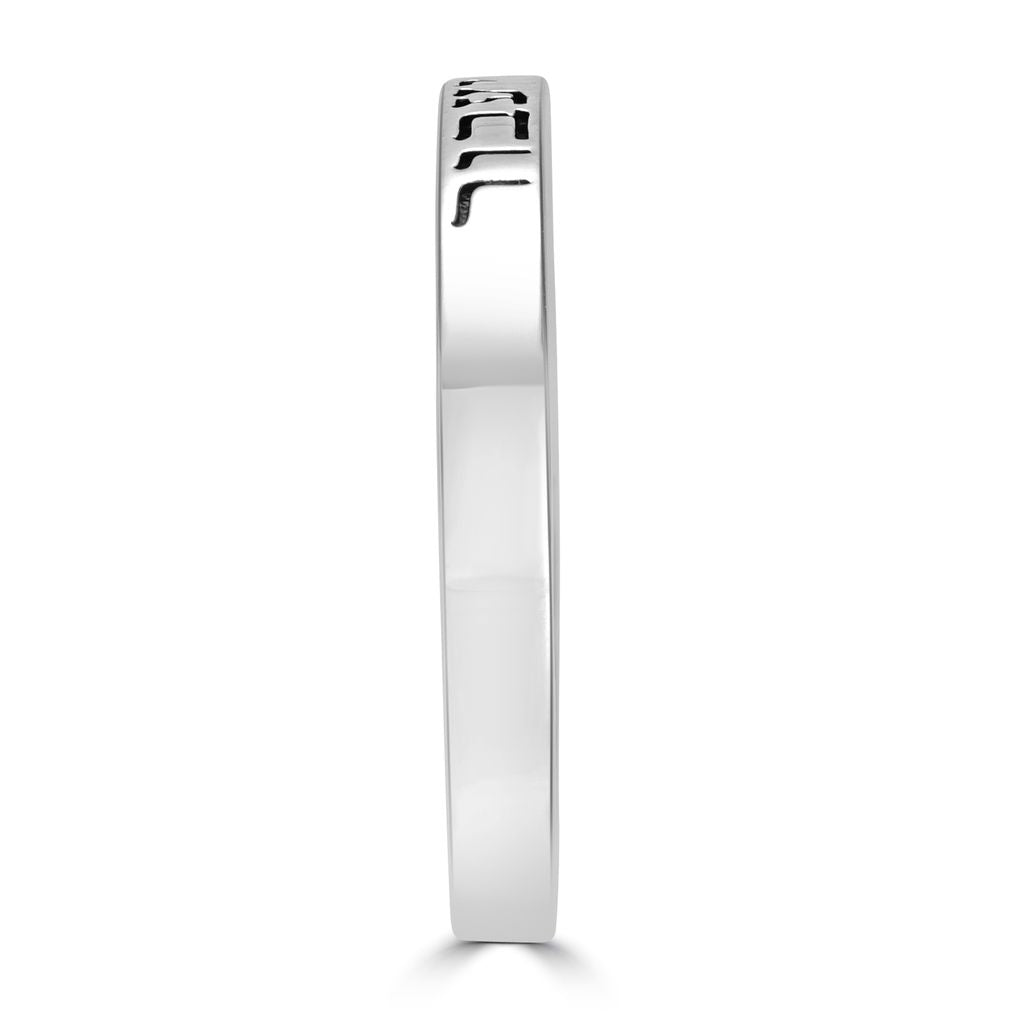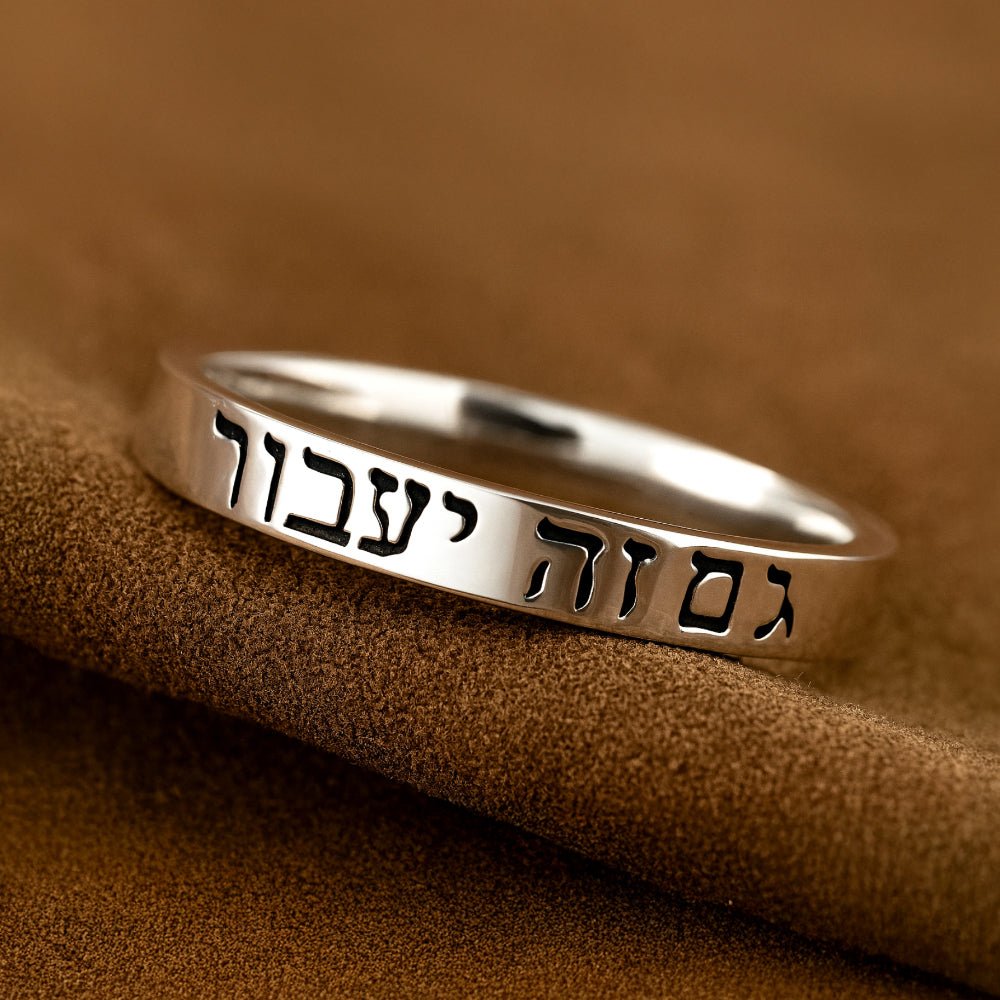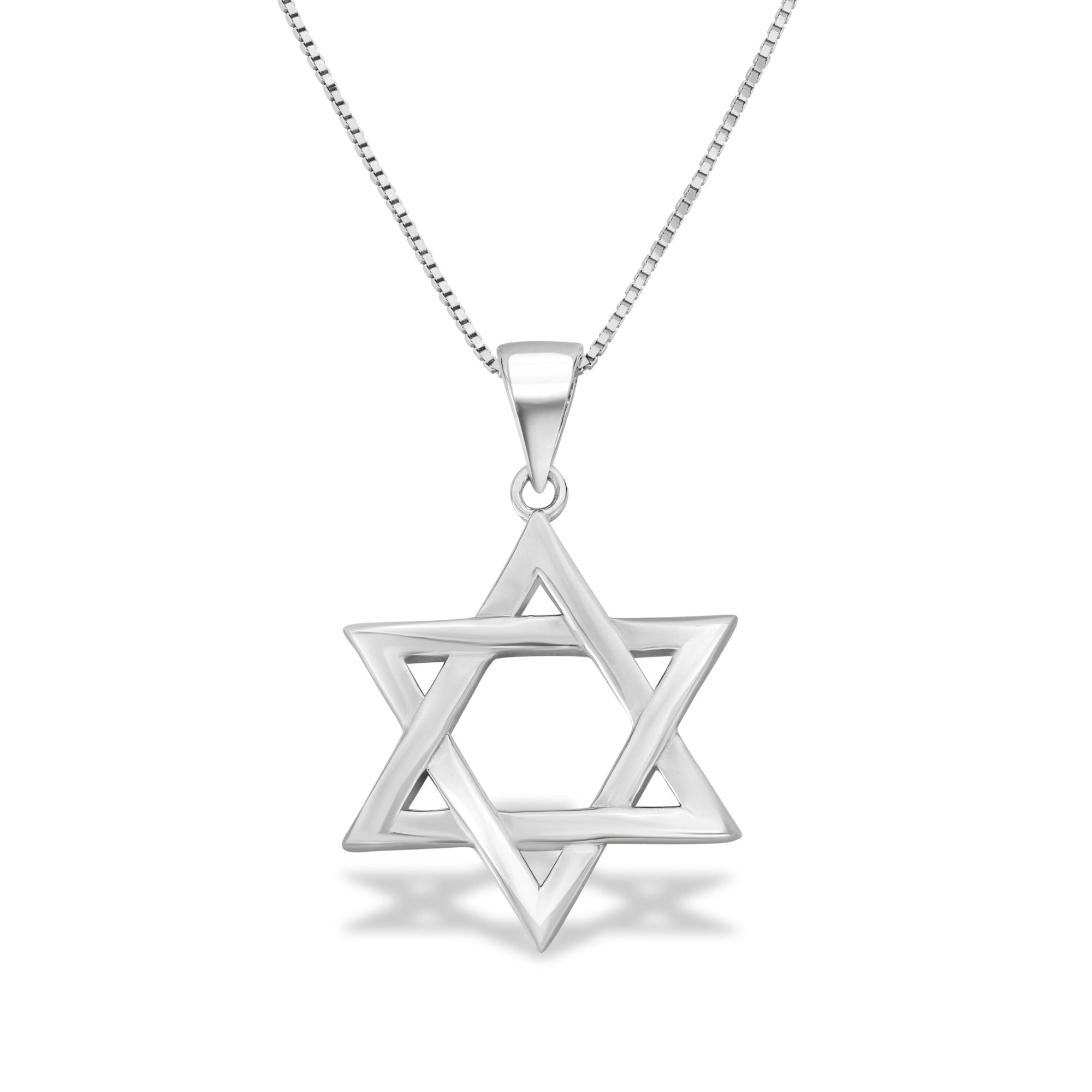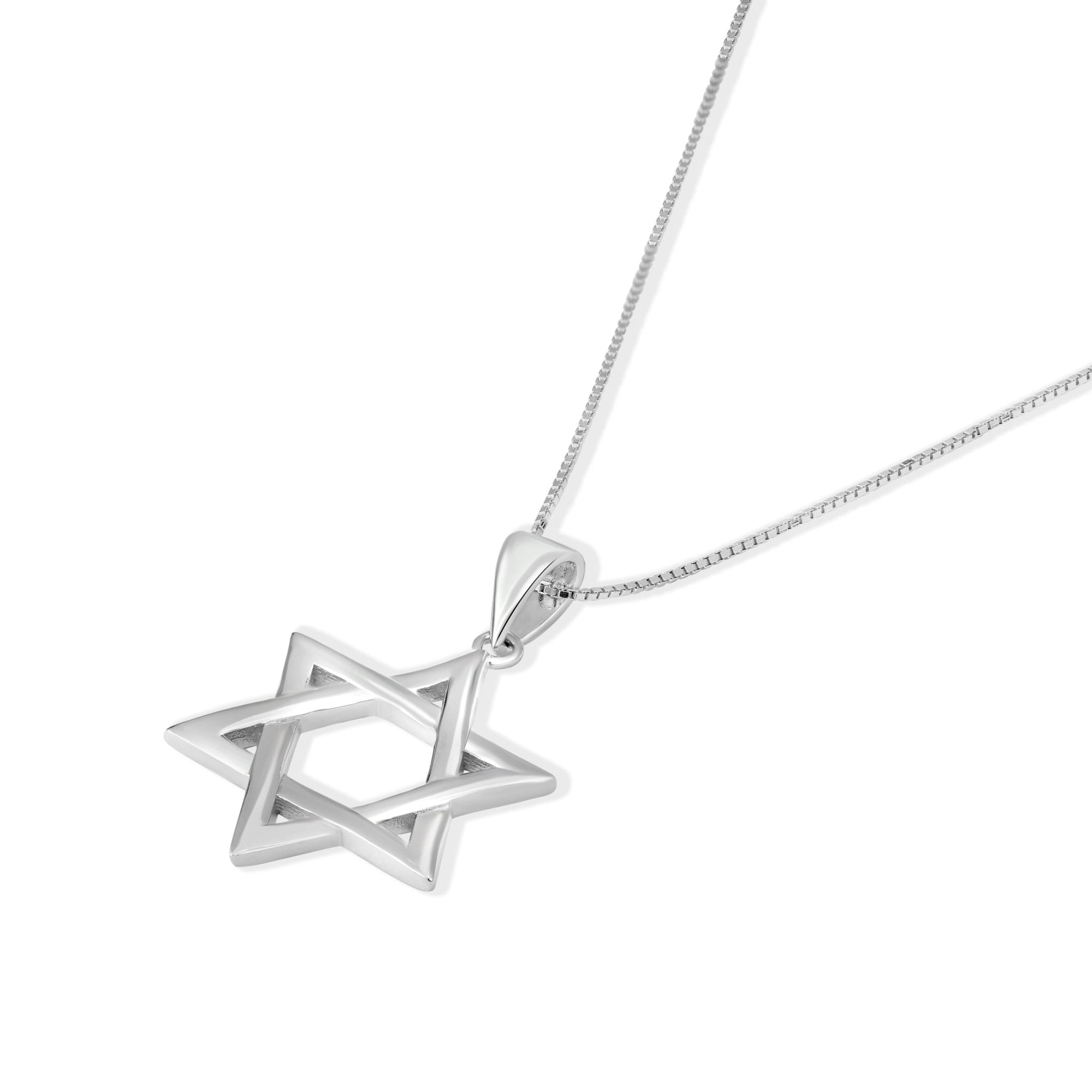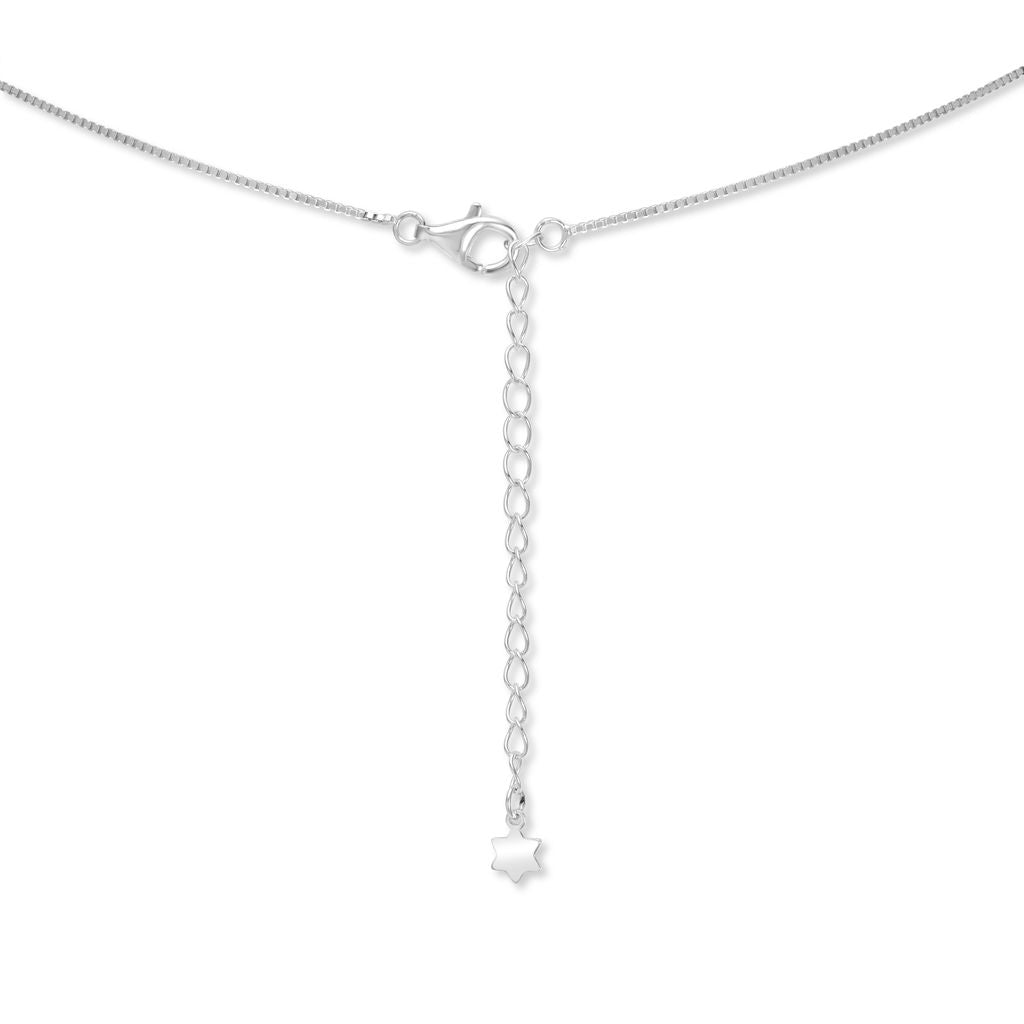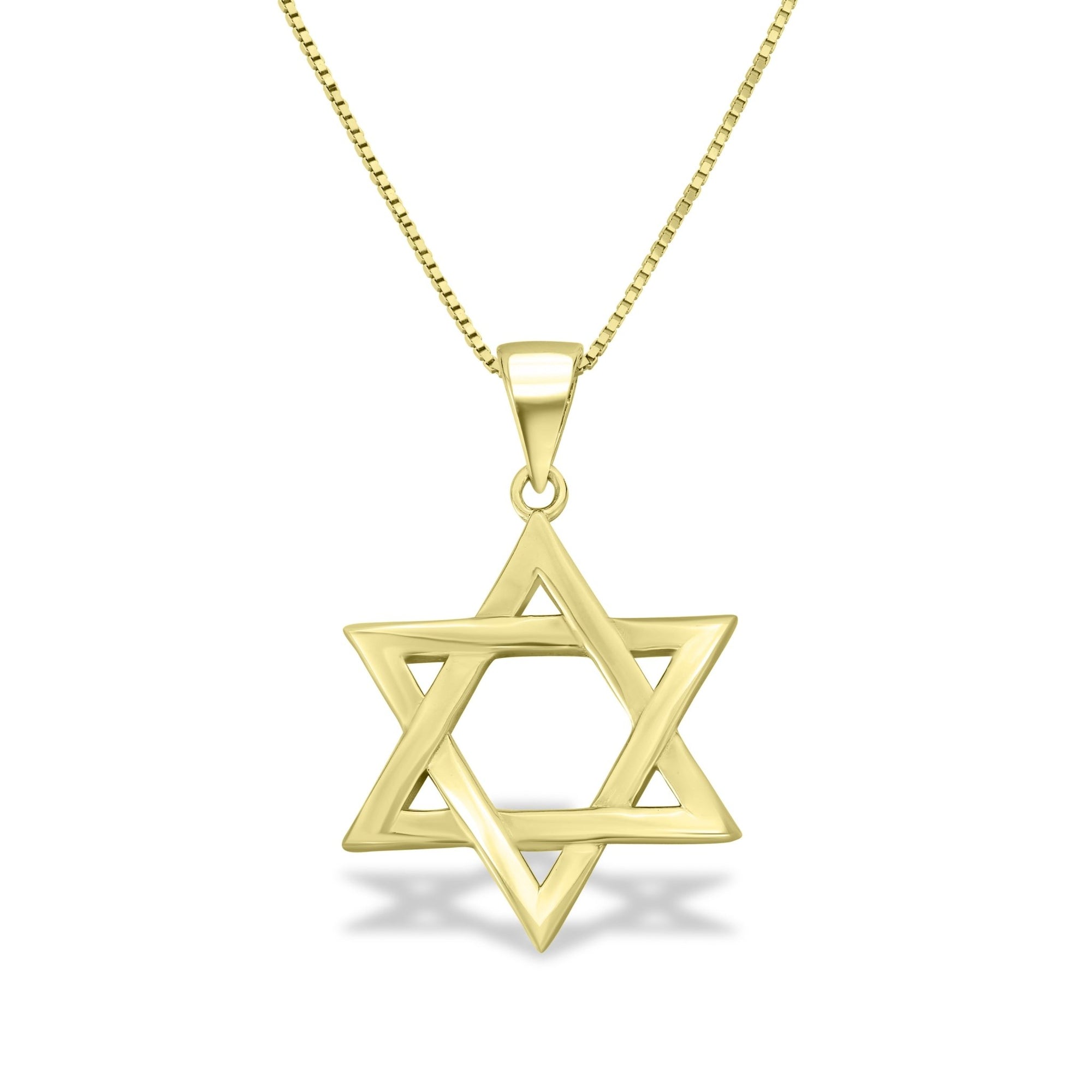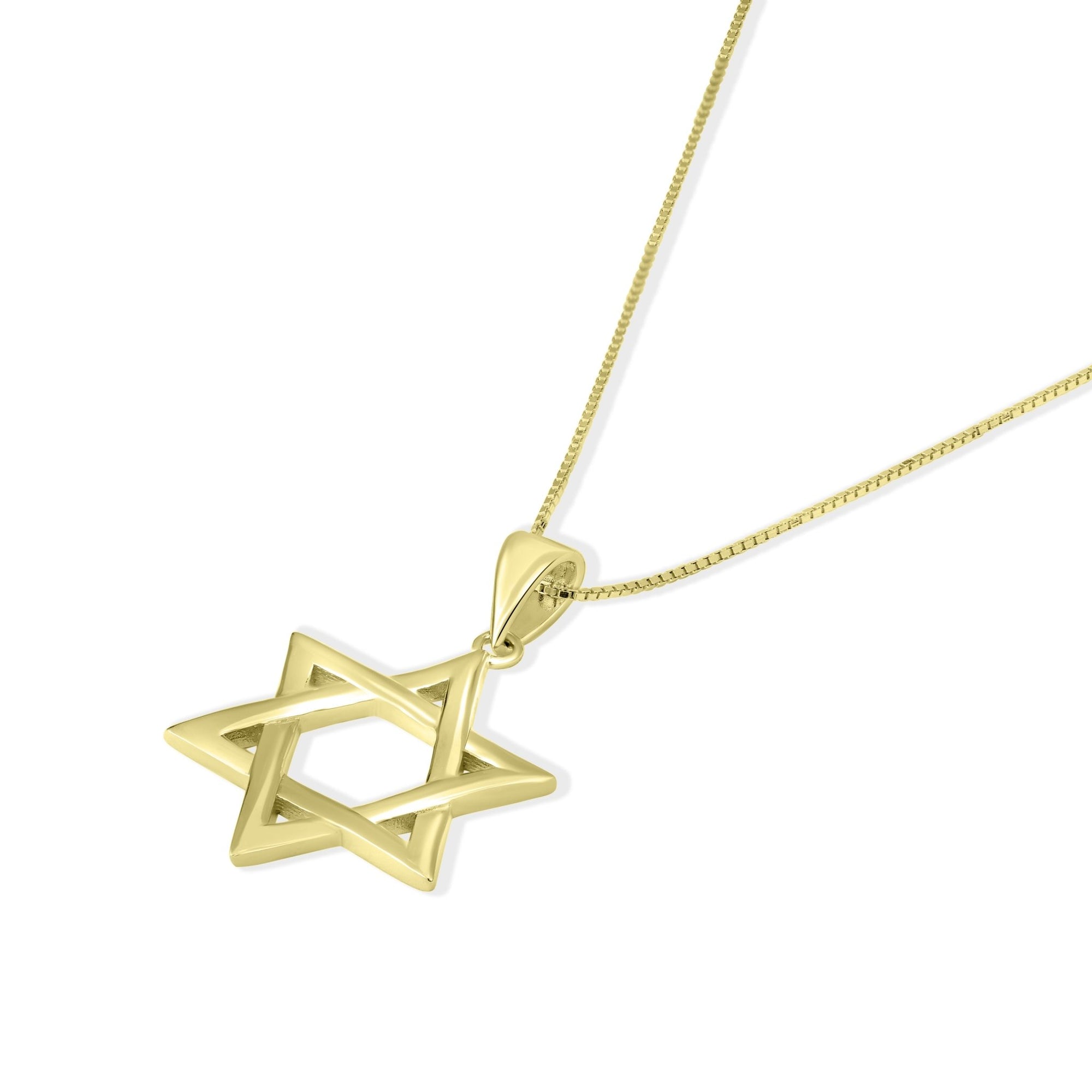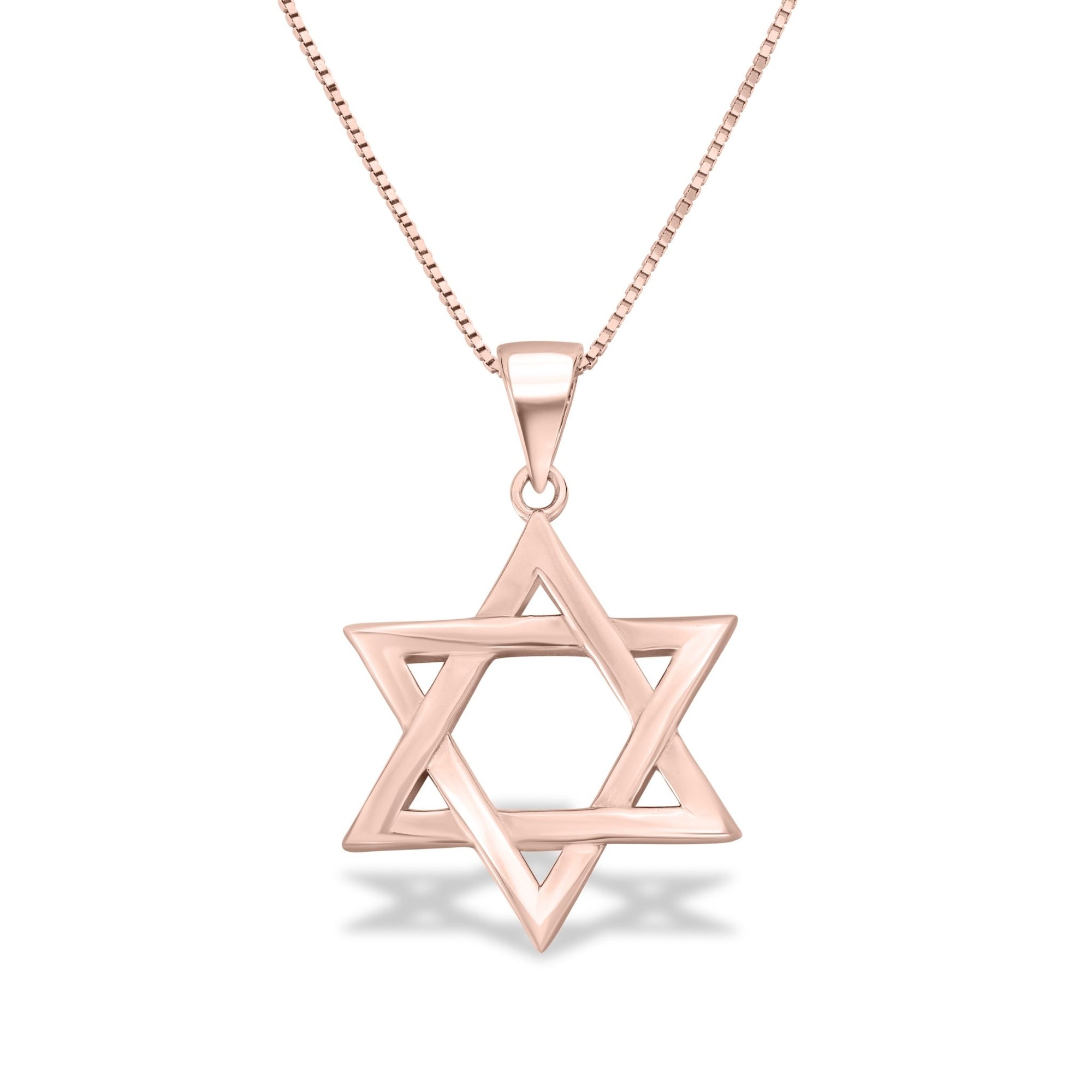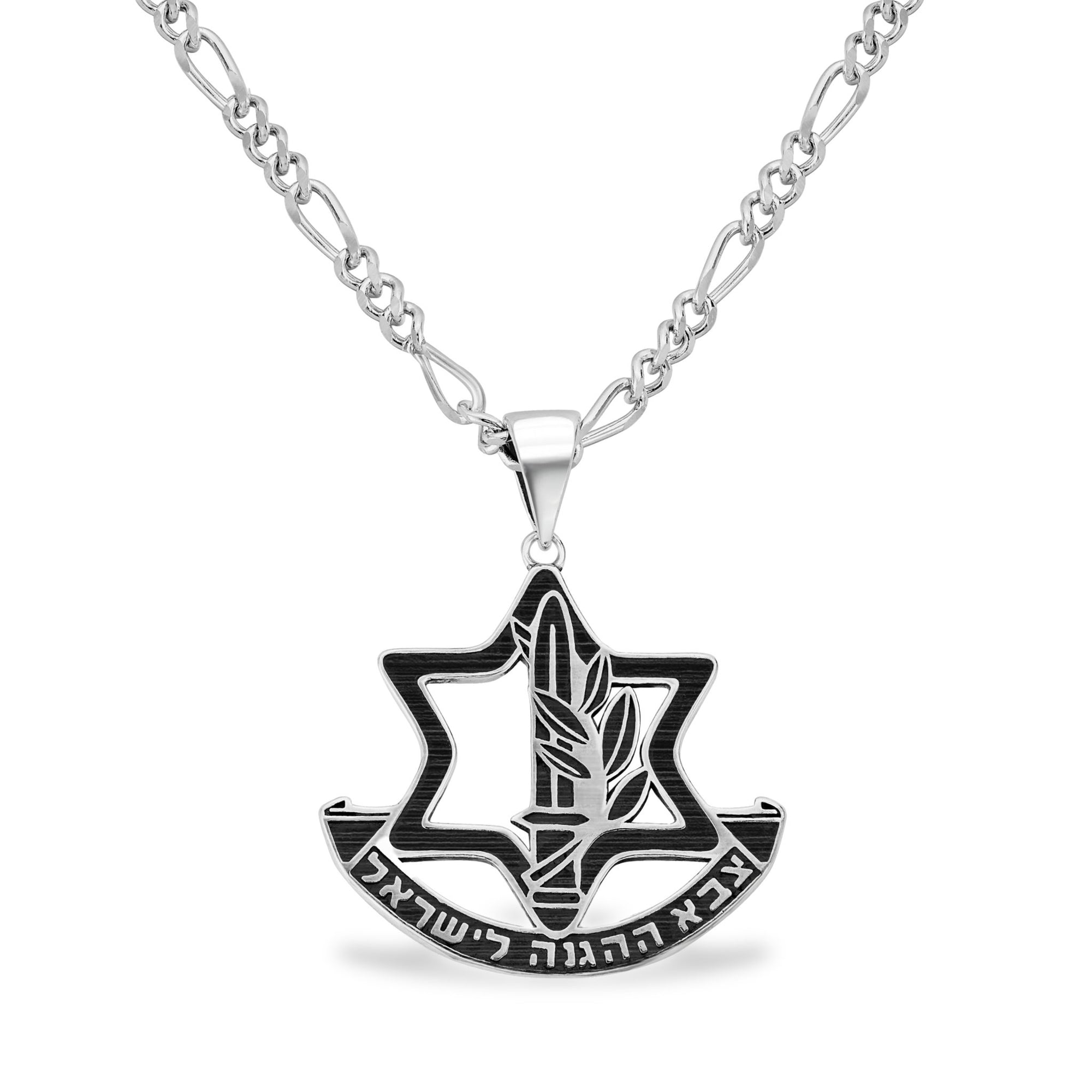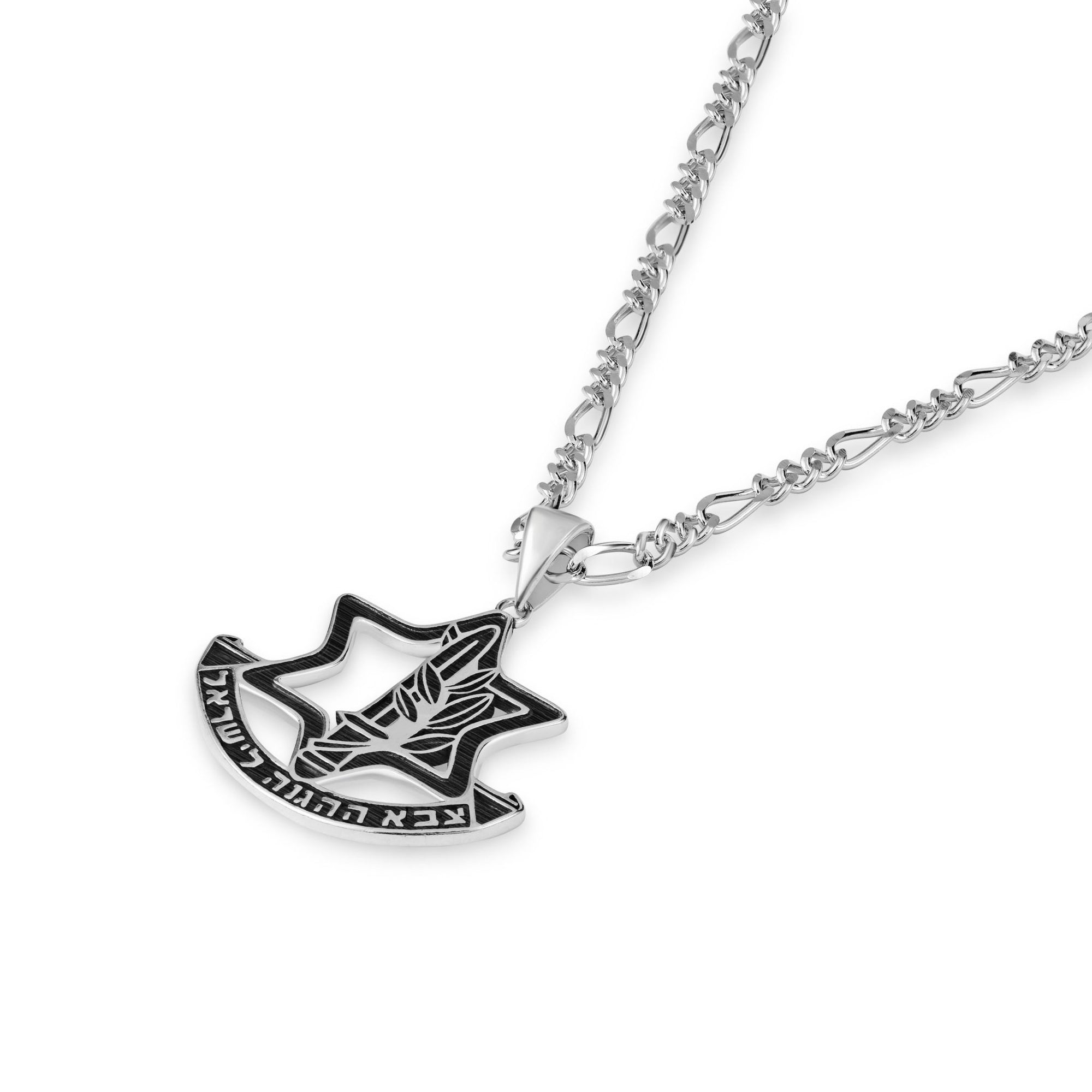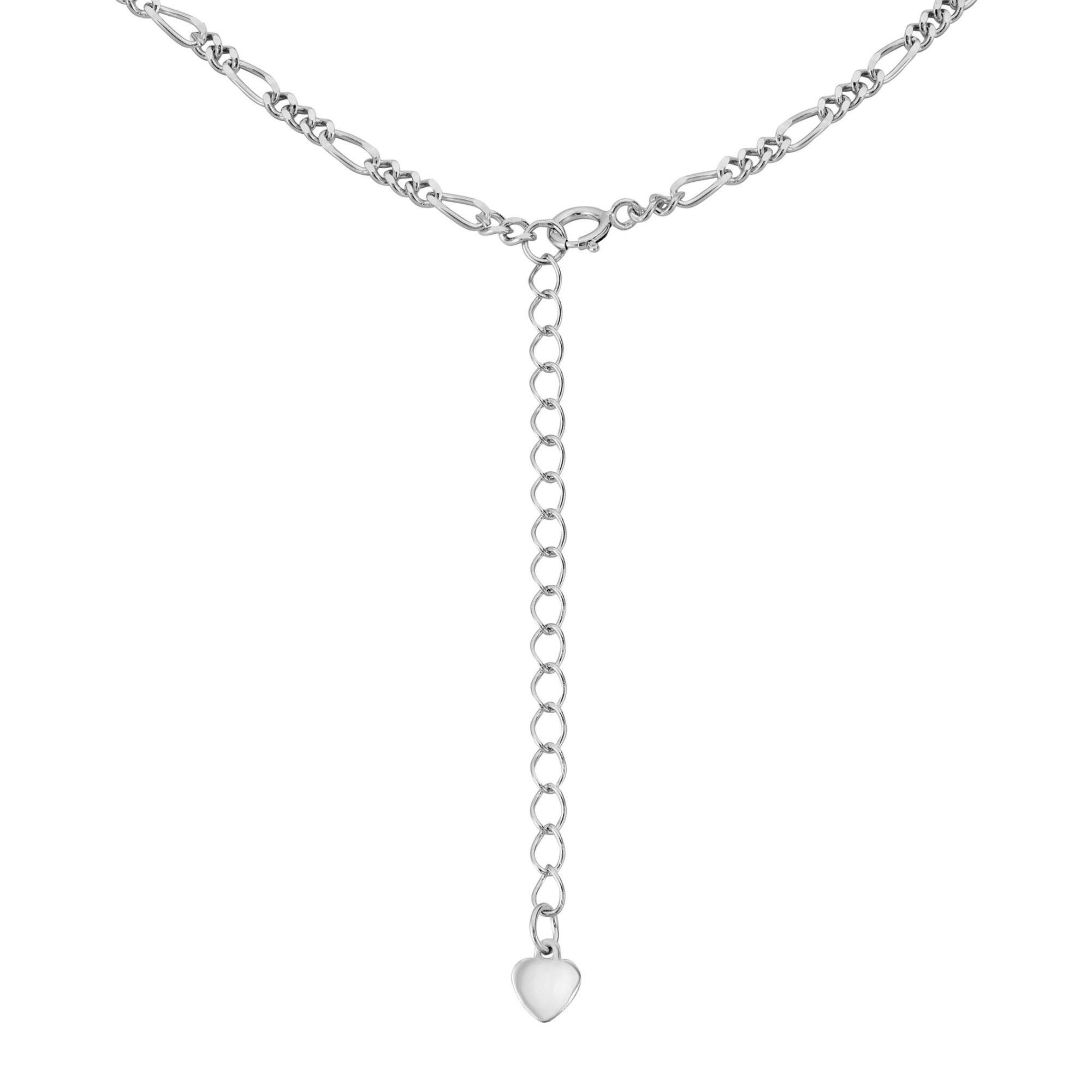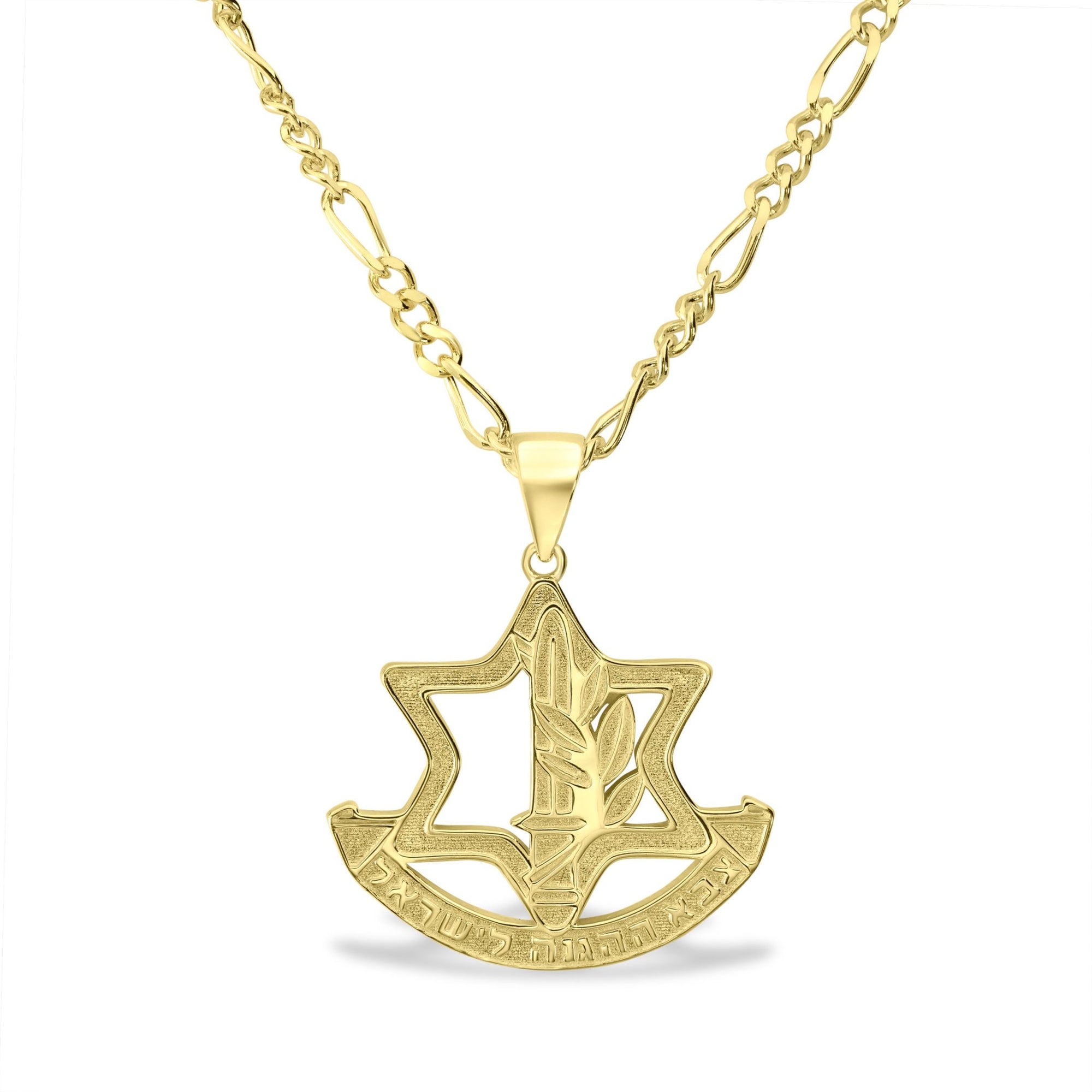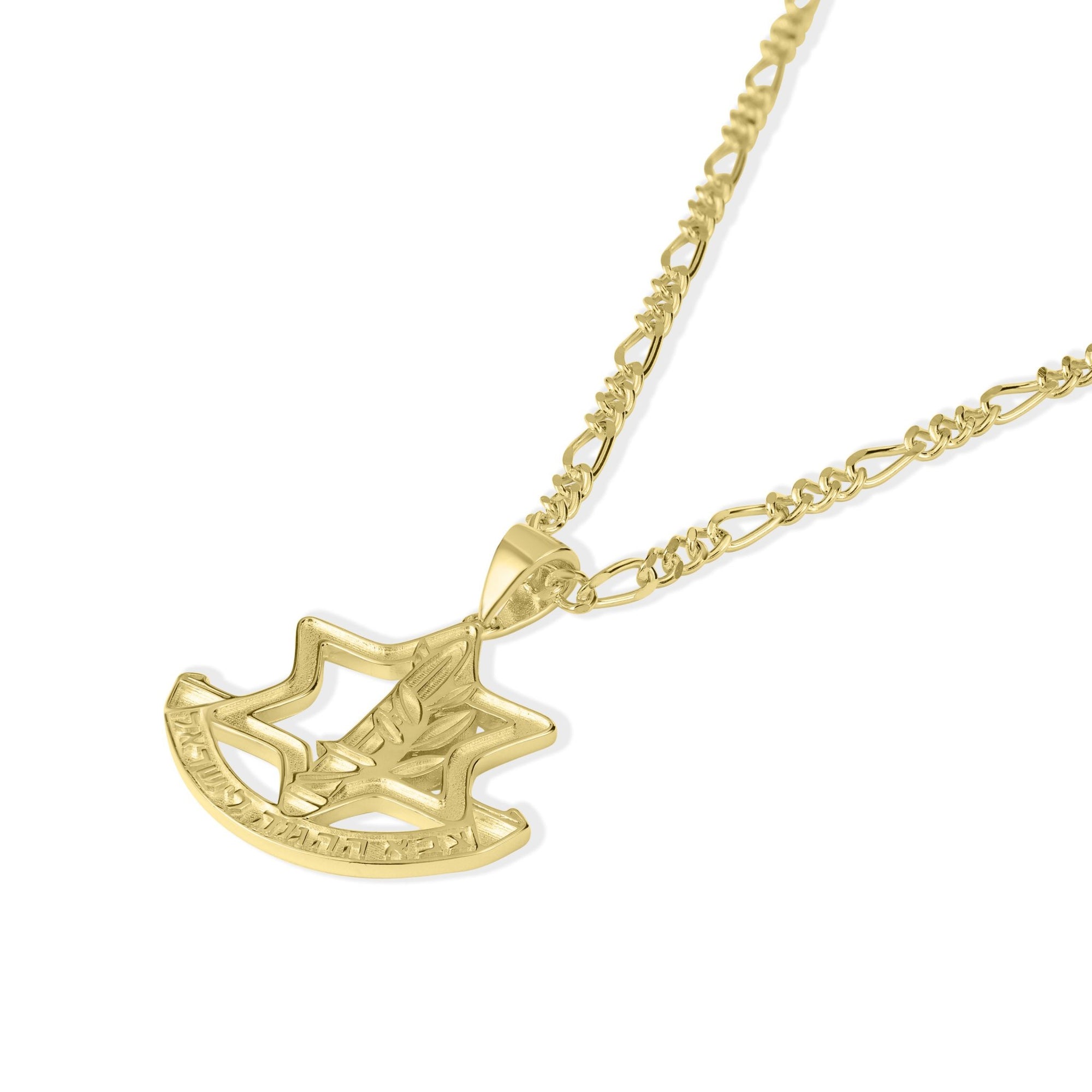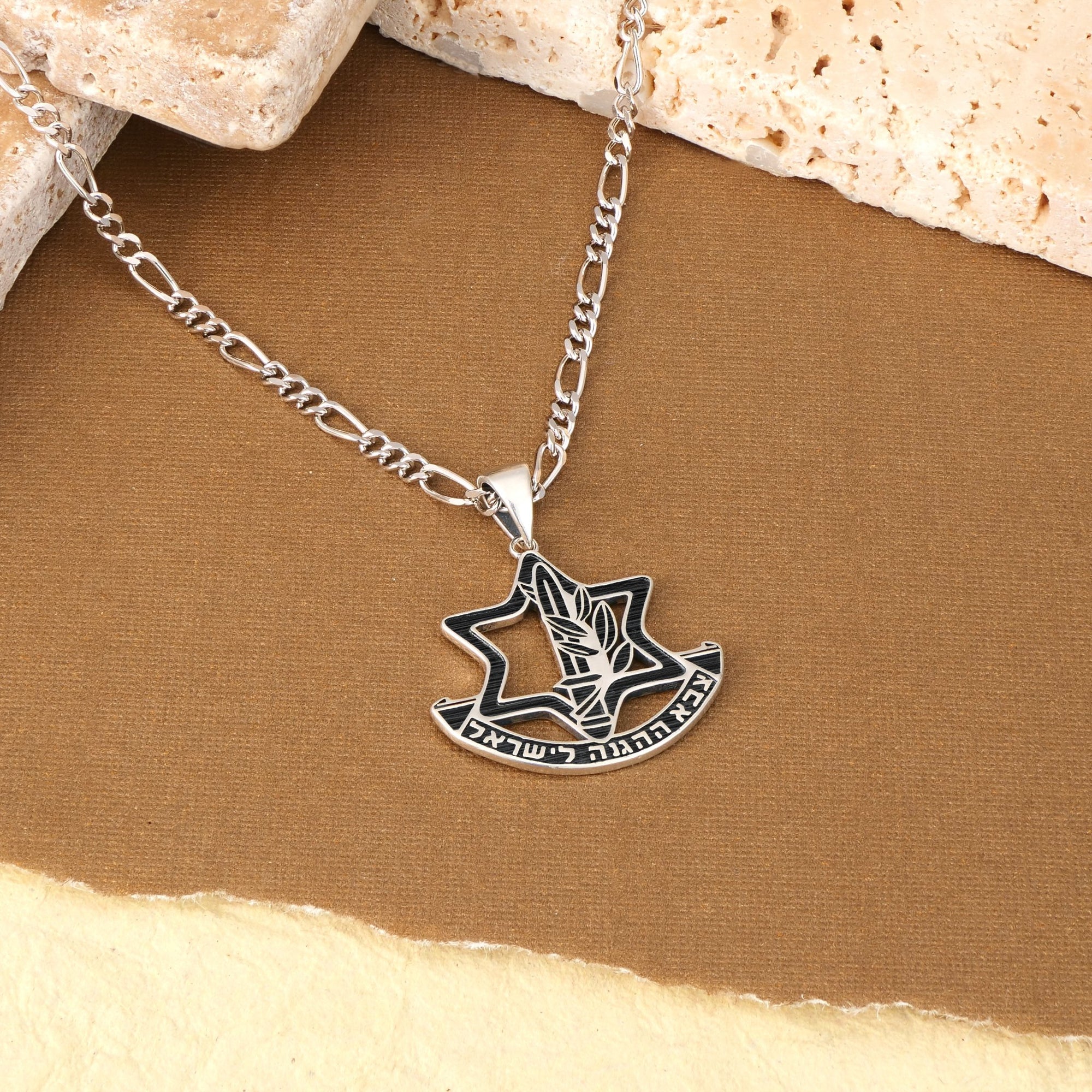Introduction to Israeli Cultural Symbolism in Jewelry
Jewelry that honors Israeli culture and symbolism serves as a unique bridge between tradition, spirituality, and personal identity. Incorporating ancient and meaningful symbols, this jewelry tells stories of faith, history, and connection to the land of Israel. From sacred occasions to daily wear, these pieces merge cultural heritage with artistic expression to celebrate Jewish identity worldwide.
The Enduring Power of Traditional Jewish Symbols in Jewelry

What are some common Jewish symbols used in jewelry?
Jewish jewelry frequently incorporates a variety of meaningful symbols deeply rooted in faith and culture. Among the most common are the Star of David (Magen David), Chai, Hamsa, Tree of Life, Mezuzah, Menorah, and Pomegranates. These symbols each tell a story and hold a special place in Jewish tradition, making them popular motifs across jewelry pieces such as necklaces, bracelets, and rings.
What meanings do these symbols convey?
Each symbol carries distinct spiritual and cultural significance:
- Star of David: Represents unity between God and humanity, symbolizing Jewish identity and protection.
- Chai: The Hebrew word for "life," this symbol conveys vitality, good fortune, and the importance of living fully.
- Hamsa: An open hand often featuring an eye, believed to guard against the evil eye and bring blessings.
- Tree of Life: Symbolic of growth, wisdom, and ancestral heritage, reflecting the ongoing journey of life.
- Mezuzah: Represents divine protection and remembrance of God’s commandments.
- Menorah: A seven-branched candelabrum, it stands for spiritual enlightenment and worship.
- Pomegranates: Denote abundance, fertility, and divine blessing, reflecting prosperity and joy.
These symbols often appear in various artistic styles, ranging from traditional to contemporary, making the jewelry both meaningful and fashionable.
When is Jewish jewelry traditionally worn?
Jewish jewelry holds special importance during sacred and significant life events. It is commonly worn to celebrate:
- Bar and Bat Mitzvahs: Marking the coming of age in the Jewish faith.
- Weddings: Symbols like the Chai and "Ani L’Dodi V’Dodi Li" are often featured as expressions of love and life.
- Religious holidays: Items bearing holy symbols serve as reminders of faith and heritage.
- Daily wear: Many choose to wear these pieces regularly as personal reminders of their roots, strength, and spiritual beliefs.
Jewelry thus serves as both a cultural artifact and a personal emblem, weaving together history, faith, and artistry with every piece created and worn.
Israeli Cultural Motifs and Their Significance in Jewelry Design
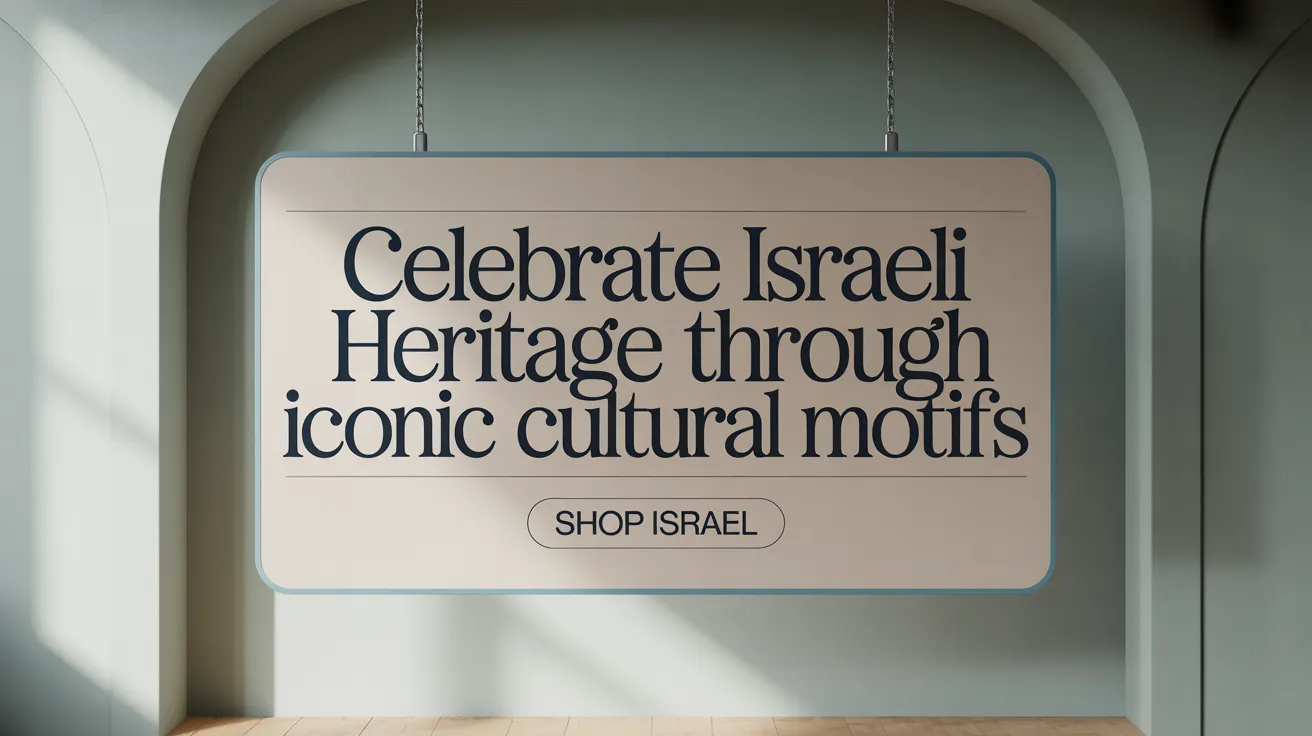
What Israeli cultural symbols appear in jewelry?
Jewelry inspired by Israeli culture beautifully showcases a variety of meaningful symbols. Common motifs include the Star of David, symbolizing Jewish identity and faith, and the Tree of Life, representing wisdom and ancestral roots. The Hamsa, a hand-shaped amulet, is often used for protection. Other prominent symbols are the Menorah, olive tree, pomegranate, and lion of Judah. Jewelry also frequently features iconic Jerusalem imagery and maps or outlines of Israel, connecting the wearer directly to the holy land.
How do these motifs express connection to Israel?
These symbols serve as powerful links to Israel’s spiritual heritage and natural beauty. The olive tree is a universal emblem of peace, while the pomegranate represents abundance and divine blessing, both deeply tied to Israel's land and history. Jerusalem motifs evoke the city’s significance as a symbol of hope and spiritual unity. Altogether, these elements embody unity, protection, and the deep ancestral connection of the Jewish people to Israel.
Are there social or charitable aspects tied to Israeli jewelry?
Beyond artistic expression, some Israeli jewelry creators incorporate social responsibility into their work. They often donate a portion of proceeds to support soldiers and families affected by ongoing conflicts. This charitable approach strengthens cultural solidarity and reflects a commitment to community and resilience alongside the cosmopolitan and spiritual significance of the jewelry.
These elements make Israeli jewelry not only a fashion statement but also a meaningful emblem of faith, heritage, and social consciousness. Combining tradition, symbolism, and modern design, Israeli-inspired pieces continue to resonate deeply with wearers worldwide. For a deeper understanding of the craftsmanship techniques and materials used to create these symbolic pieces, as well as the Kabbalistic teachings in Jewish jewelry, which add spiritual depth beyond aesthetic appeal, explore additional resources on the subject.
Mystical and Protective Elements in Jewish Jewelry Symbols

What mystical or spiritual backgrounds do Jewish jewelry symbols have?
Jewish jewelry often carries profound mystical and spiritual significance, deeply rooted in Kabbalistic teachings in Jewish jewelry. For example, the Star of David (Magen David) symbolizes unity between the divine and earthly realms, reflecting a mystical connection that integrates God’s presence into daily life. Similarly, the Tree of Life (Etz Chaim) represents spiritual growth and divine emanations known as the Sefirot, providing a cosmic map of wisdom and life's interconnectedness.
What jewelry items provide protection and blessings?
Certain jewelry pieces explicitly serve protective and blessing functions. The Hamsa, a hand-shaped amulet often adorned with an all-seeing eye, is widely worn to ward off the evil eye and negative energies. Rooted in Middle Eastern and North African cultural traditions but embraced by Jewish mysticism, it symbolizes divine protection and power.
In addition, red string bracelets tied on the left wrist hold significance as spiritual protection. Connected to Kabbalah and biblical narratives, these strings are believed to guard against bad luck, evil eyes, and harmful forces, offering wearers a tangible shield of safety and blessing.
How do these mystical meanings enhance Jewish jewelry?
Beyond their physical beauty, these symbols imbue Jewish jewelry with deeper spiritual layers. Wearing such pieces connects individuals to centuries-old traditional Jewish jewelry and provides constant reminders of faith, life's vitality, and divine protection. This fusion of meaning and artistry transforms the jewelry into a personal talisman—a stylish expression of identity and a source of strength and hope amidst life’s challenges.
Jewish jewelry thus serves not only as decoration but as a meaningful conduit of heritage, spirituality, and safeguarded blessings for those who wear it.
Personalization and Modern Expressions in Jewish and Israeli Jewelry
How is personalization used in Jewish jewelry?
Personalized Jewish jewelry often features Hebrew names, family symbols, or inscriptions of meaningful prayers and phrases such as the Shema inscription jewelry or "Ani L’Dodi V’dodi Li" meaning. These personal touches foster a deep connection to one's heritage and faith, turning each piece into a cherished heirloom or a symbol of spiritual identity. For more on Jewish Jewelry as personal story, see that resource.
How do modern jewelers incorporate tradition?
Contemporary Jewish and Israeli jewelers skillfully blend traditional symbols—like the Chai symbol, Star of David, and Hamsa—with modern materials and innovative design styles. This fusion allows for elegant pieces that are both meaningful and suitable for everyday wear. Artists maintain the cultural and spiritual significance of ancient motifs while creating fresh, stylish designs that resonate with a broad audience. See also Contemporary Jewish Jewelry Designs and Judaica Jewelry Online.
For what occasions is this jewelry used?
Jewelry adorned with traditional and personalized symbols is commonly gifted during significant life events such as Bar and Bat Mitzvah jewelry, Jewish wedding jewelry, and anniversaries. Beyond these special occasions, such pieces also serve as stylish accessories that express personal identity, faith, and heritage in daily life, making them versatile and enduring elements of Jewish cultural expression in jewelry.
Materials and Craftsmanship: Reflecting Israeli Beauty and Heritage

What materials are commonly used in Jewish and Israeli jewelry?
Jewish and Israeli jewelry typically features materials renowned for their beauty and durability. Sterling silver and 14k yellow gold are popular choices, cherished for both their traditional appeal and lasting quality. Additionally, semi-precious stones such as diamonds, sapphires, rubies, and emeralds are often incorporated, enhancing the elegance and significance of the pieces. For more information, see Jewish Jewelry and Jewish jewelry in Jerusalem.
Are there particular symbolic meanings in gemstones?
Jewish tradition endows certain gemstones with special meanings. For example, sapphires symbolize divine favor and wisdom, making them a meaningful addition to spiritual jewelry. Other stones are used to invoke historic or spiritual values, aligning the jewelry with the cultural narratives and beliefs central to Judaism. Learn more on 7 popular Jewish jewelry symbols and Jewelry from Israel.
How significant is Israeli craftsmanship?
Israeli craftsmanship plays a vital role in the distinctiveness of Jewish jewelry. Many pieces are handmade by skilled Israeli artisans employing traditional techniques such as intricate metalwork and delicate filigree technique in Israeli jewelry craftsmanship. This detailed craftsmanship not only adds artistic value but also honors and preserves cultural heritage. Jewelry crafted in Israel often reflects the beauty and spiritual significance of the Holy Land, making each piece a meaningful expression of faith and identity. See more at Traditional Jewish jewelry and Jewelry handmade in the Holy Land.
Jewelry as a Living Testament to Faith, Identity, and Resilience
How does Jewish jewelry function as heirlooms?
Jewish jewelry holds profound significance as heirlooms, often passed down through families over generations. These pieces carry stories and cultural narratives that reflect family histories, religious traditions, and shared identity. By transferring jewelry such as Chai pendants, Star of David necklaces, or Hamsa charms, families preserve their heritage and sustain pride across time. This practice not only maintains continuity but also strengthens bonds between past and present generations.
What themes do these pieces express?
Jewelry in Jewish culture beautifully encapsulates themes of life, protection, and community. Symbols like the Chai signify life and vitality, emphasizing blessings and the importance of living fully. The Hamsa, with its protective hand design, wards off evil and brings safety and happiness. The Star of David represents unity and resilience, connecting wearers spiritually to their faith and people. Together, these motifs and others such as the Tree of Life or biblical inscriptions serve as reminders of faith, divine protection, and communal strength, blending personal meaning with collective cultural identity.
Why is this jewelry culturally meaningful today?
In modern times, Jewish jewelry remains deeply meaningful by offering a bridge between spiritual heritage and contemporary style. These items allow individuals to express their faith and cultural roots in ways that resonate with their current lives, enhancing a sense of belonging within the global Jewish community. Crafted with artistic innovation yet rooted in tradition, the jewelry reinforces resilience and pride amid evolving identities. Whether worn daily or for special occasions, they stand as lasting symbols of enduring faith and shared history. Explore contemporary Jewish jewelry designs that embody this blend of tradition and modernity.
Conclusion: Celebrating Identity Through Symbolic Jewelry
Jewelry that honors Israeli culture and symbolism is far more than adornment; it is a vibrant expression of history, spirituality, and personal identity. These timeless motifs and designs connect wearers to Jewish faith, ancestral stories, and the enduring spirit of the Holy Land. Through combinations of tradition and innovation, Israeli and Jewish jewelry continues to inspire, protect, and celebrate the rich tapestry of cultural heritage.
